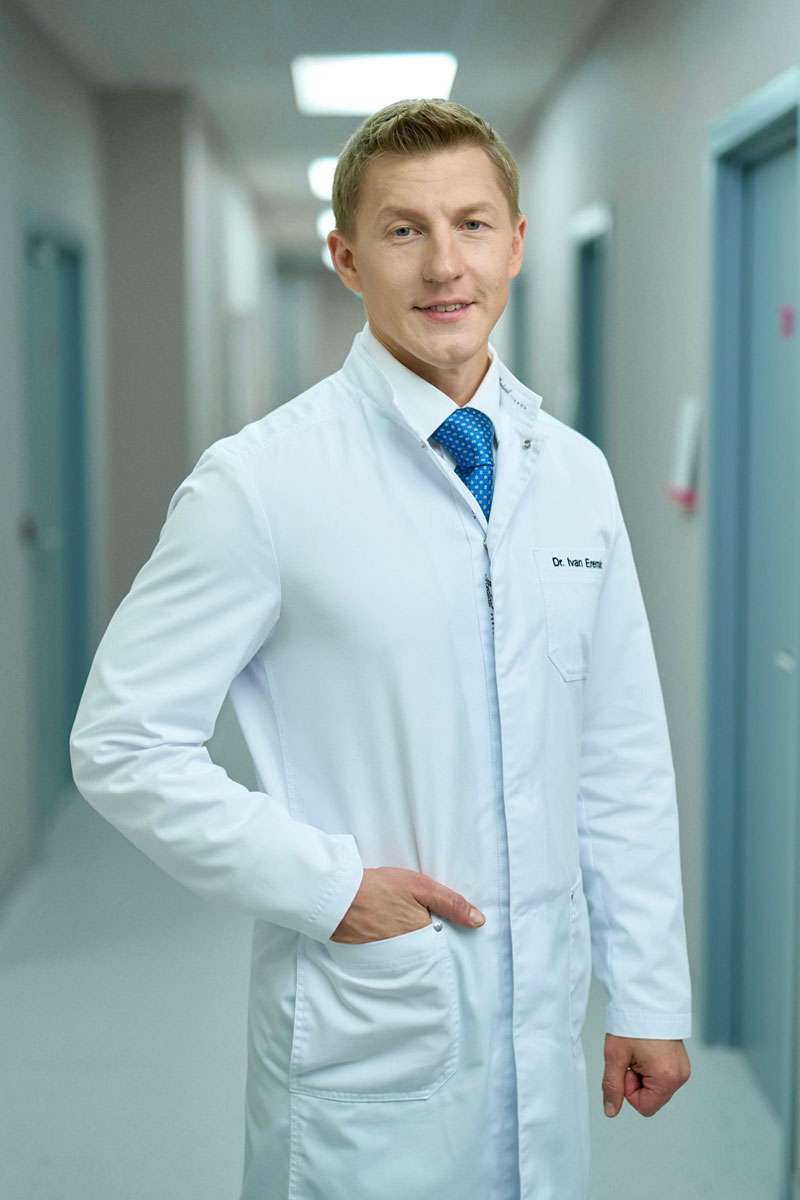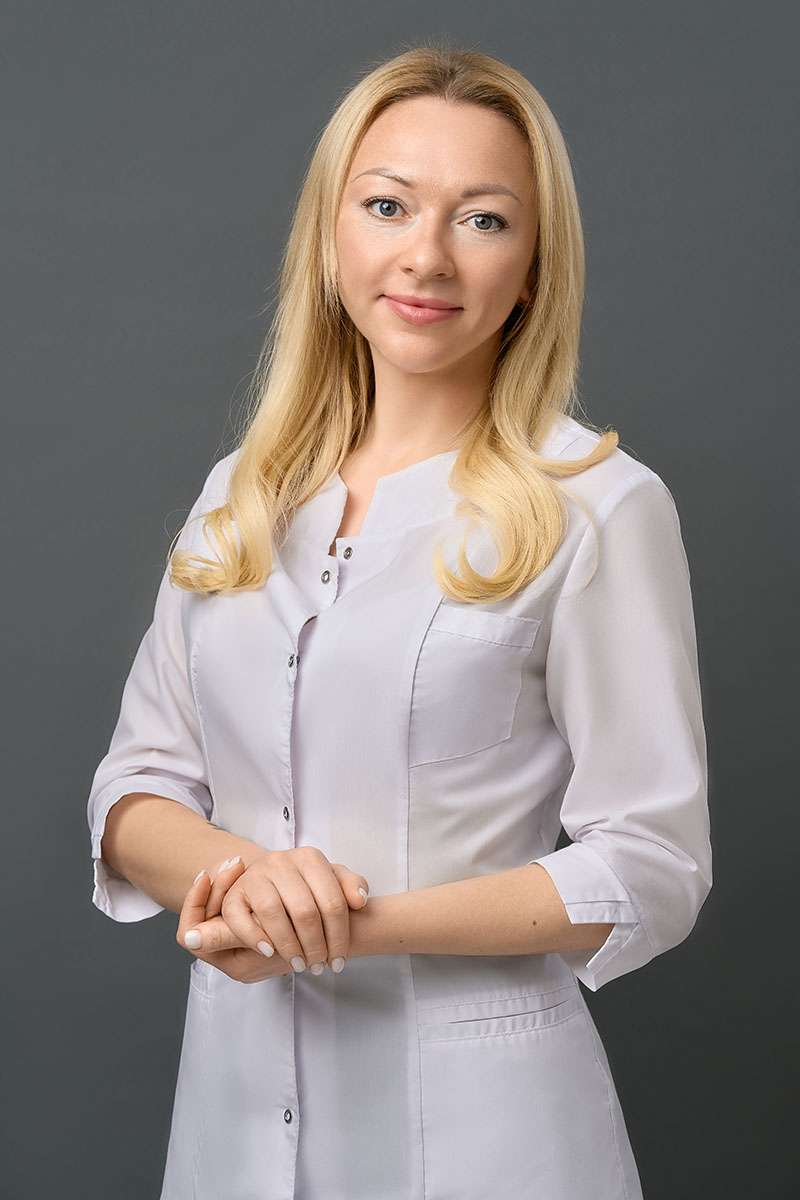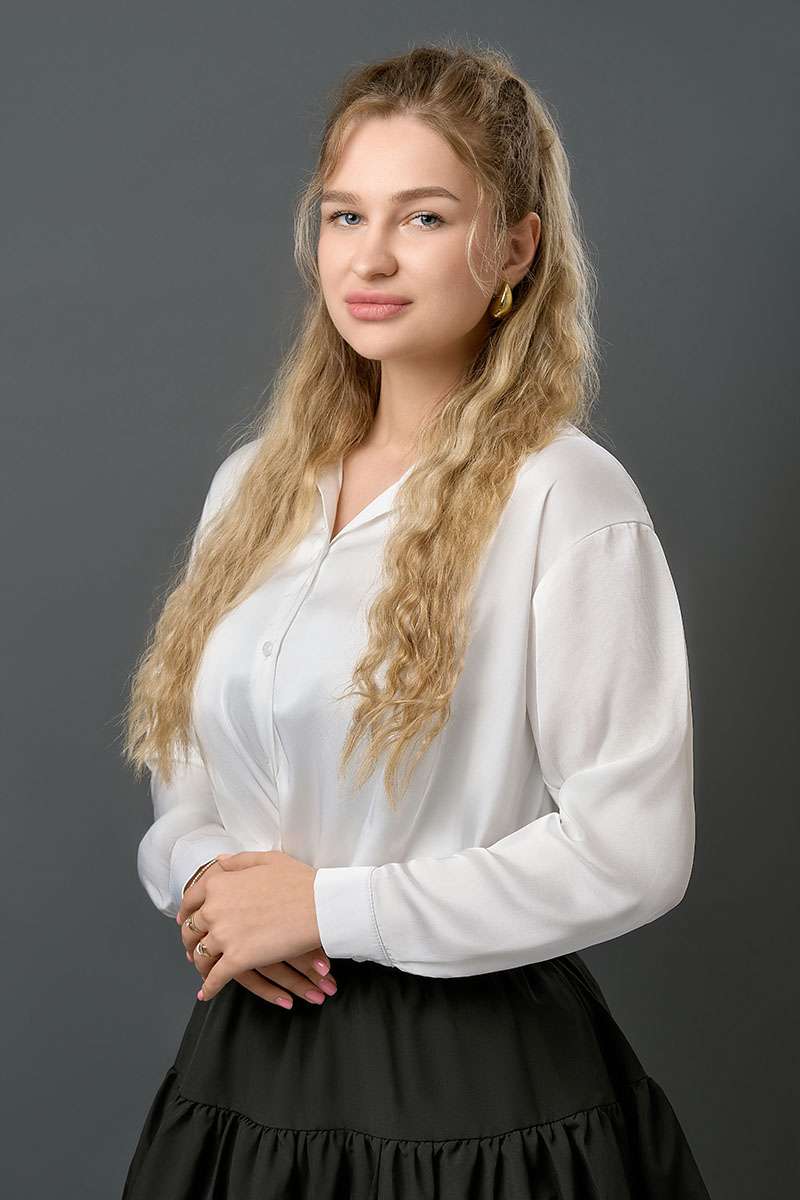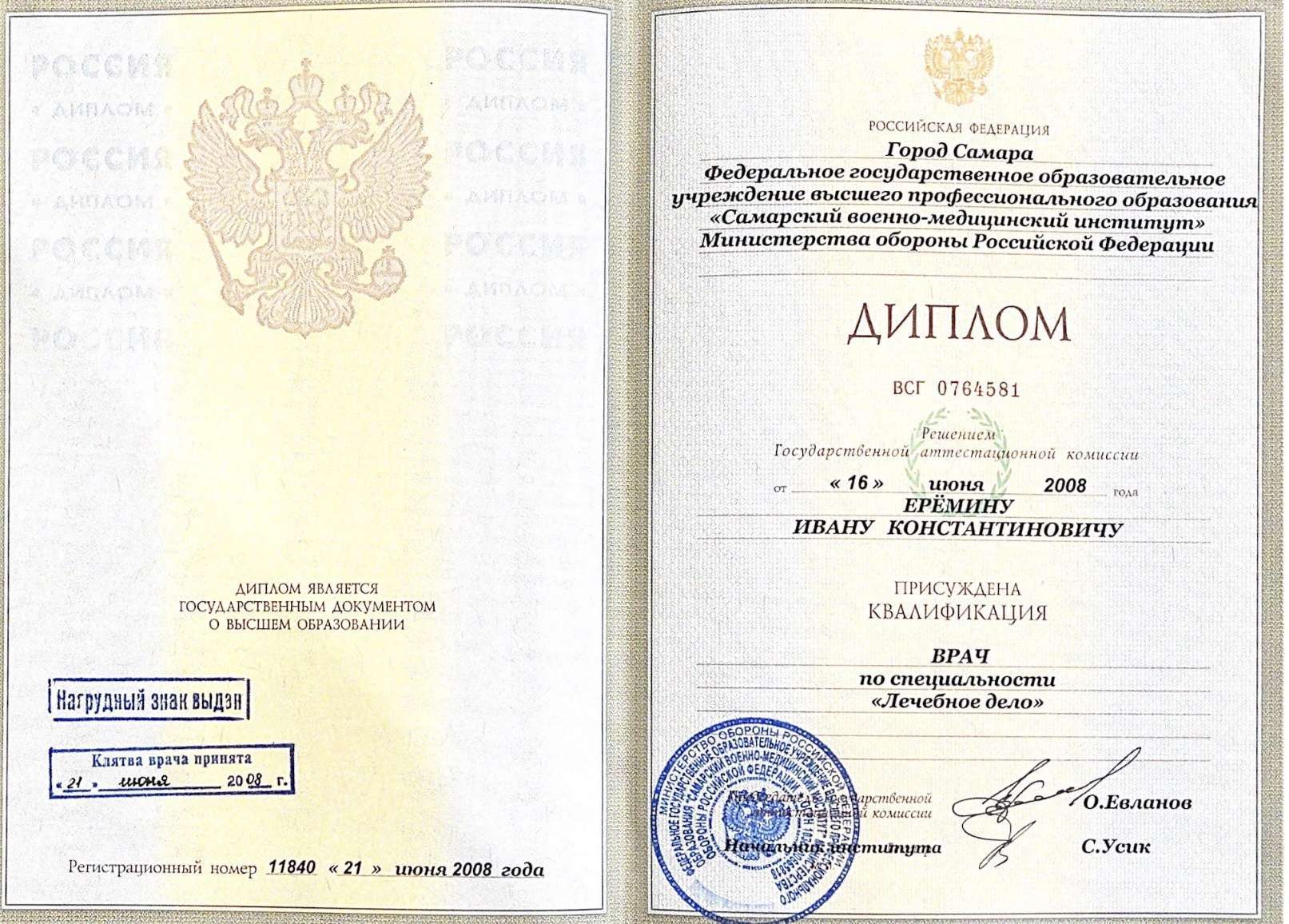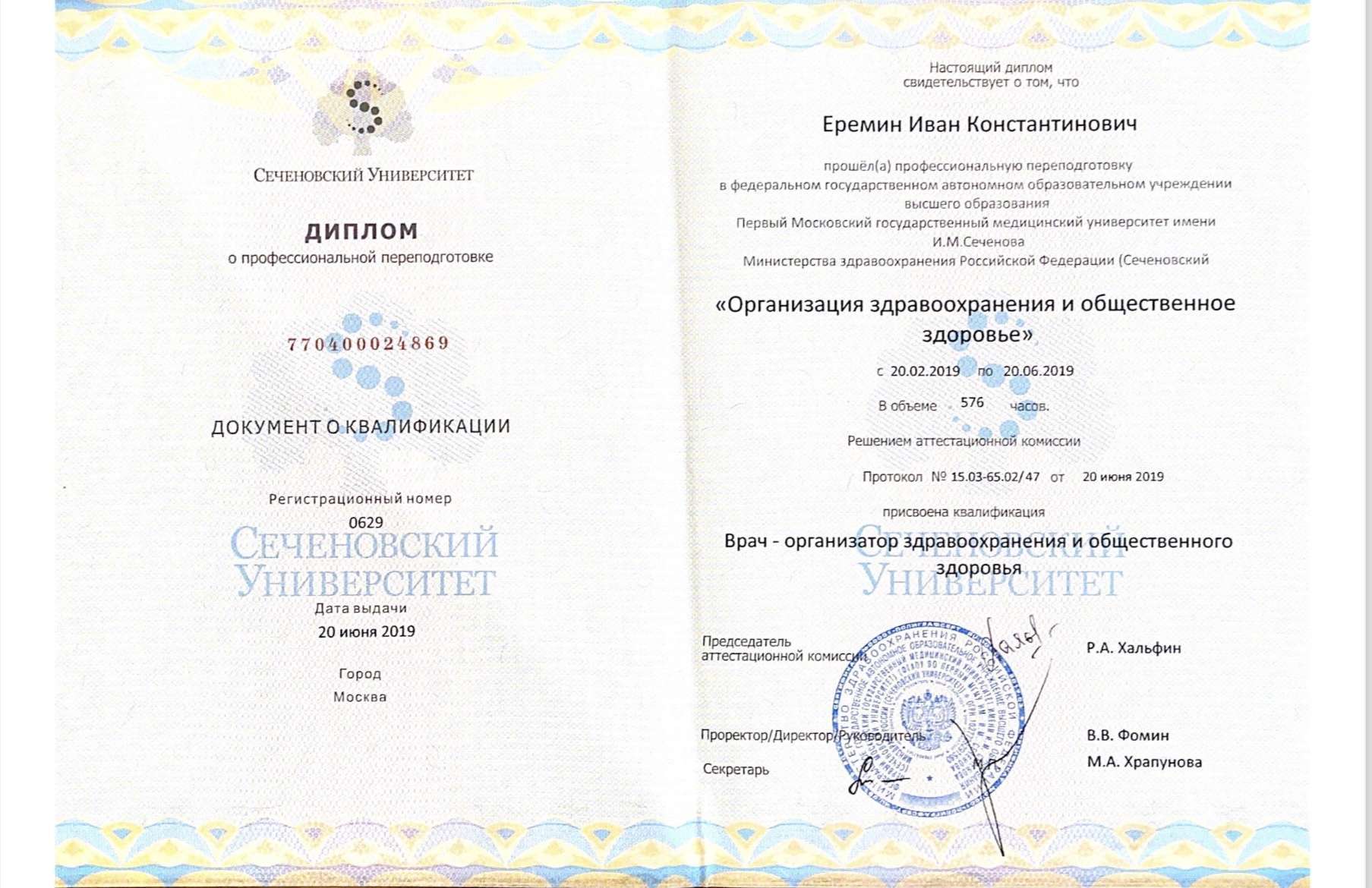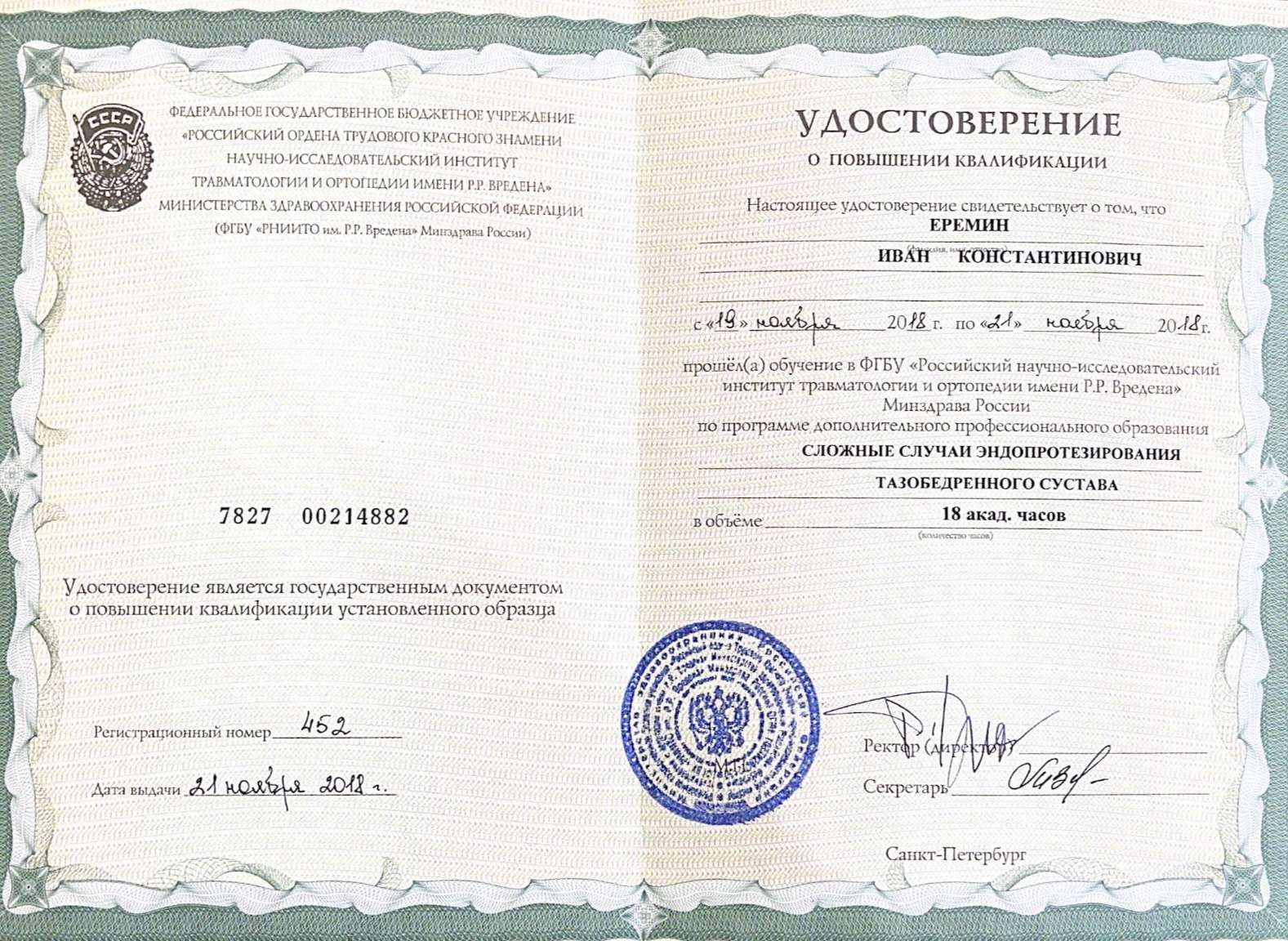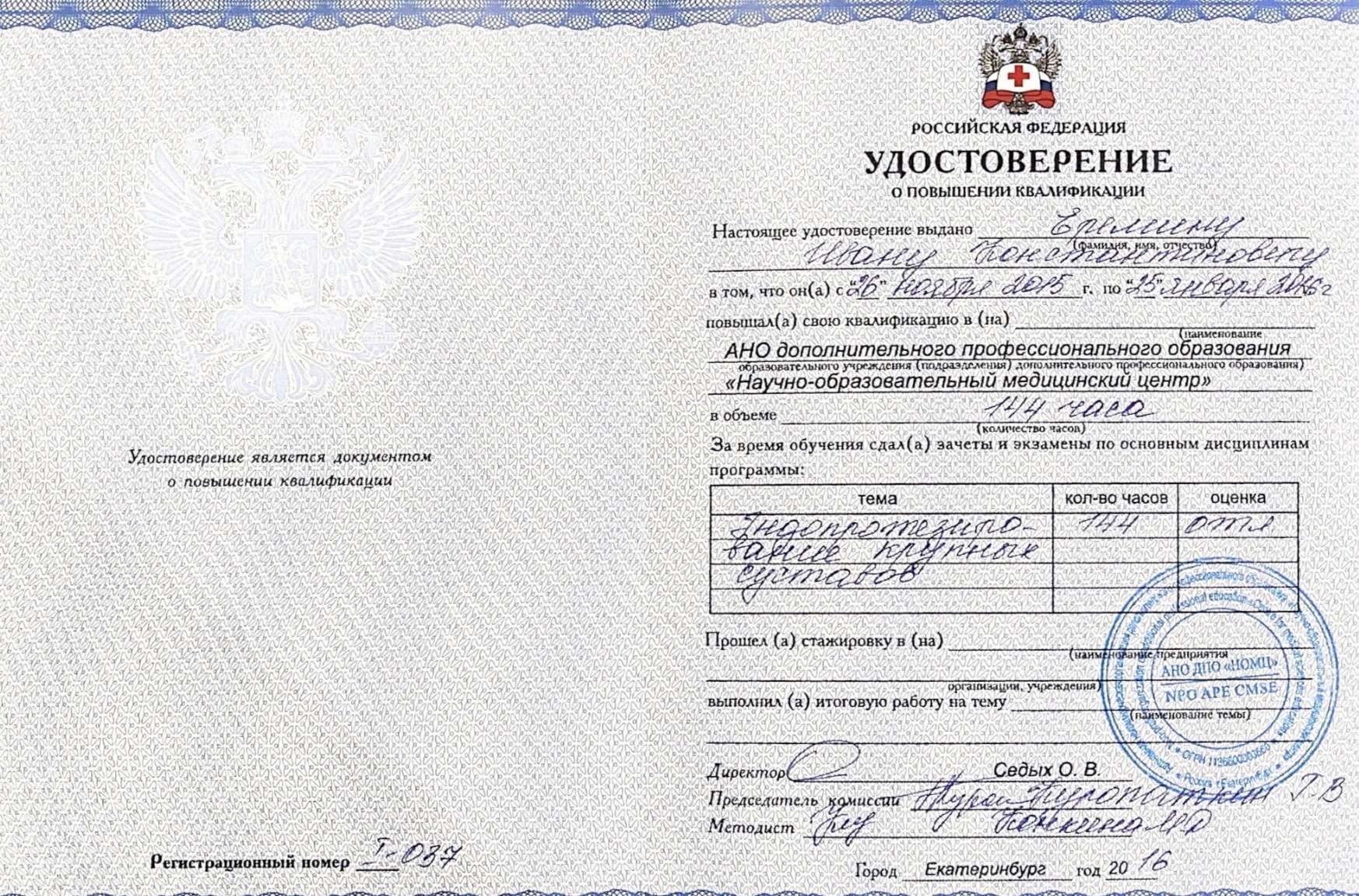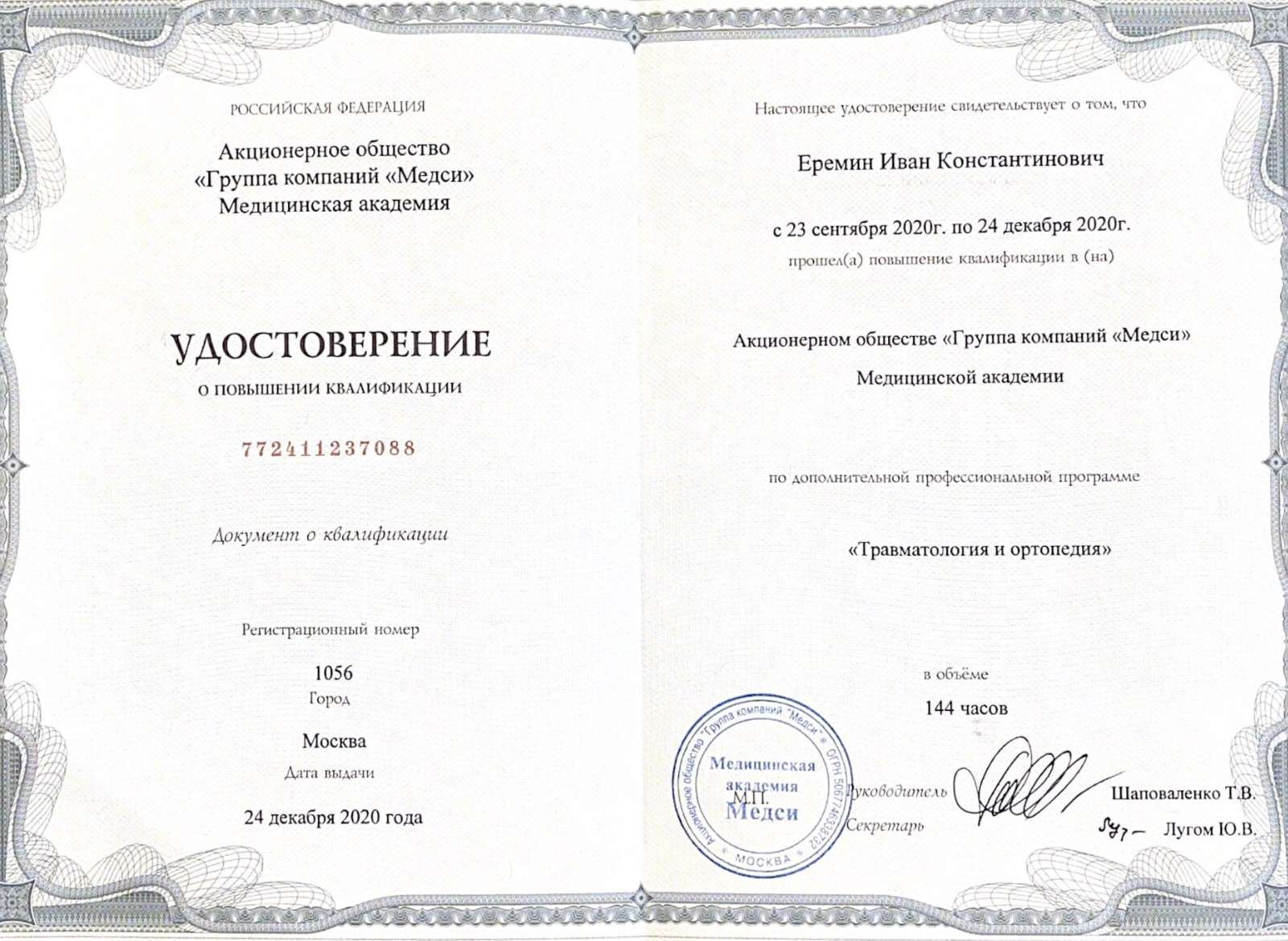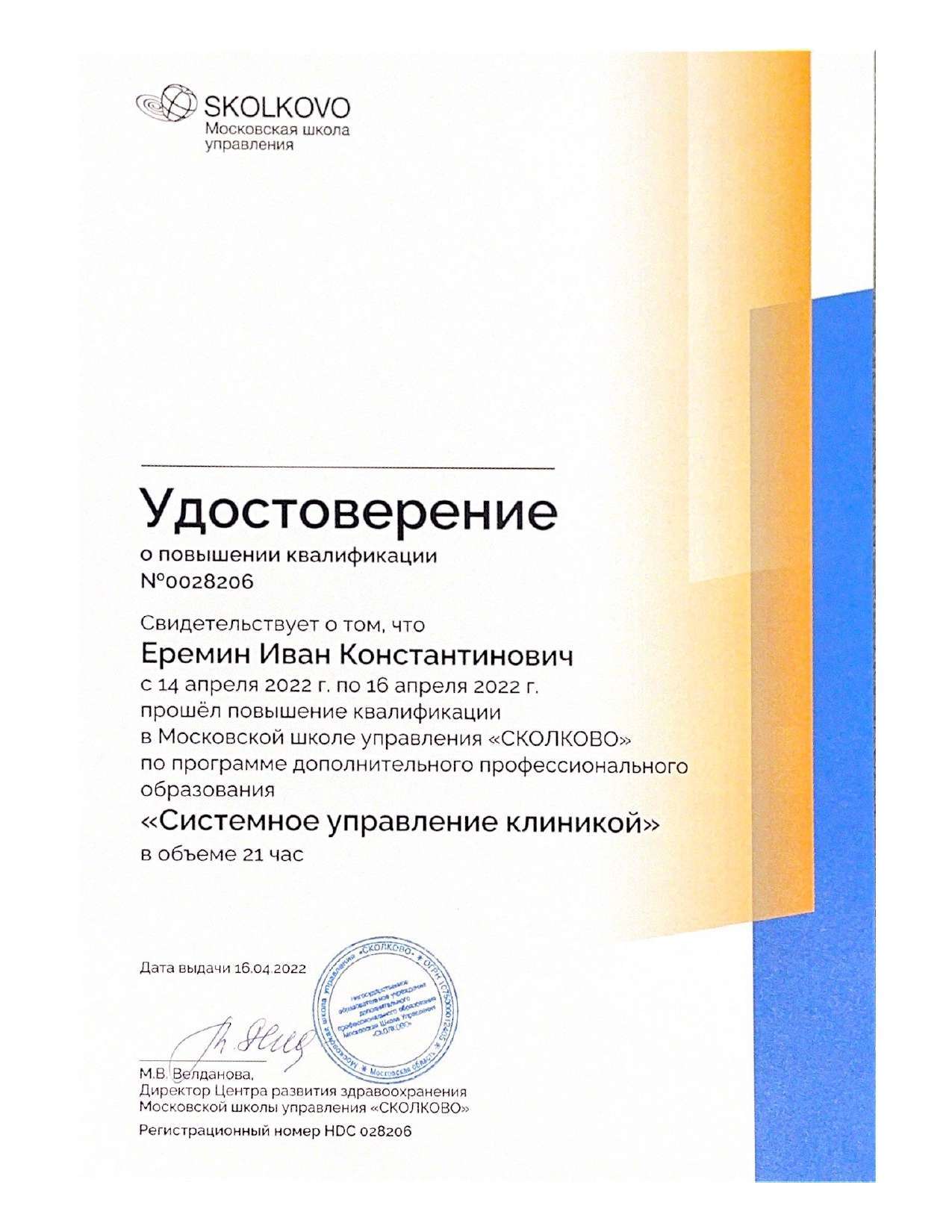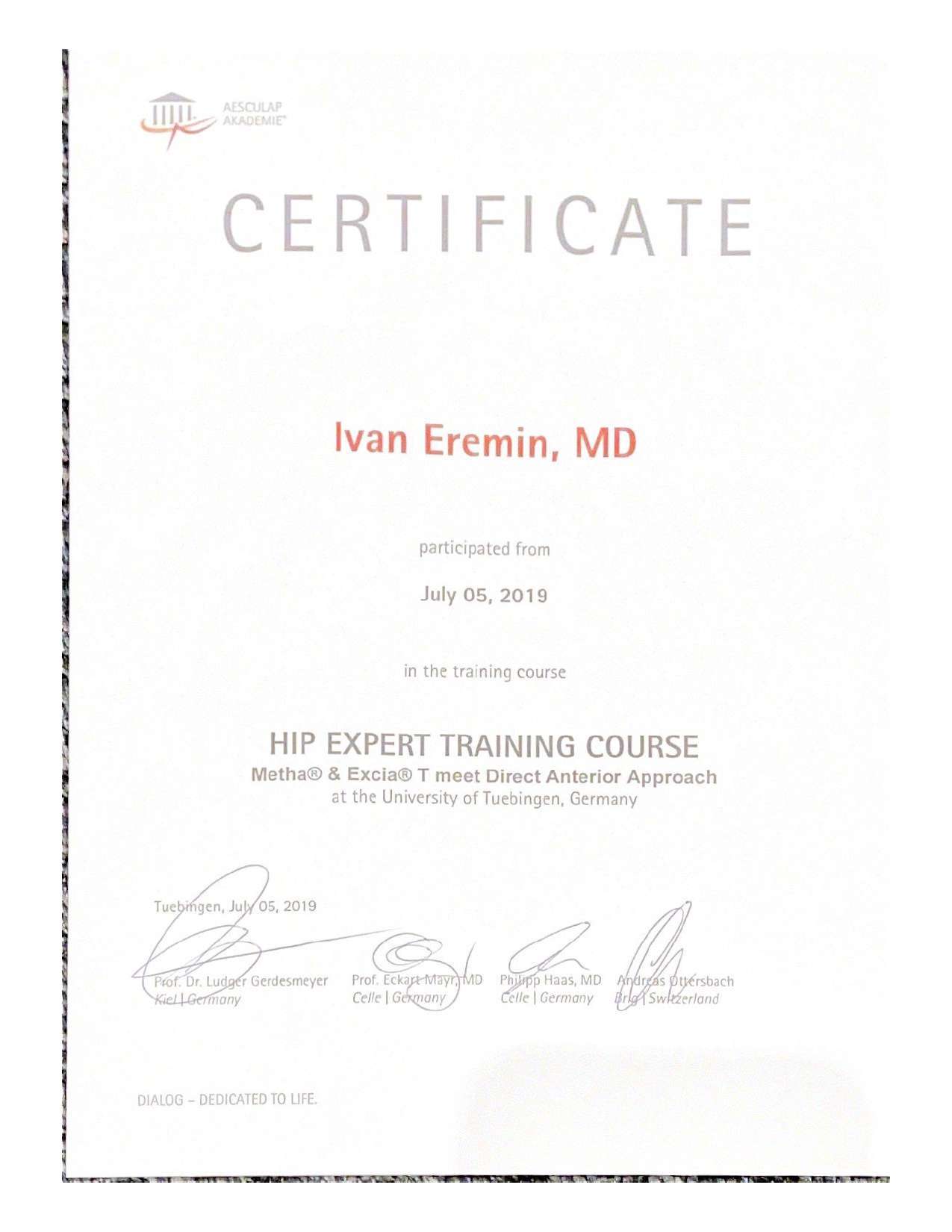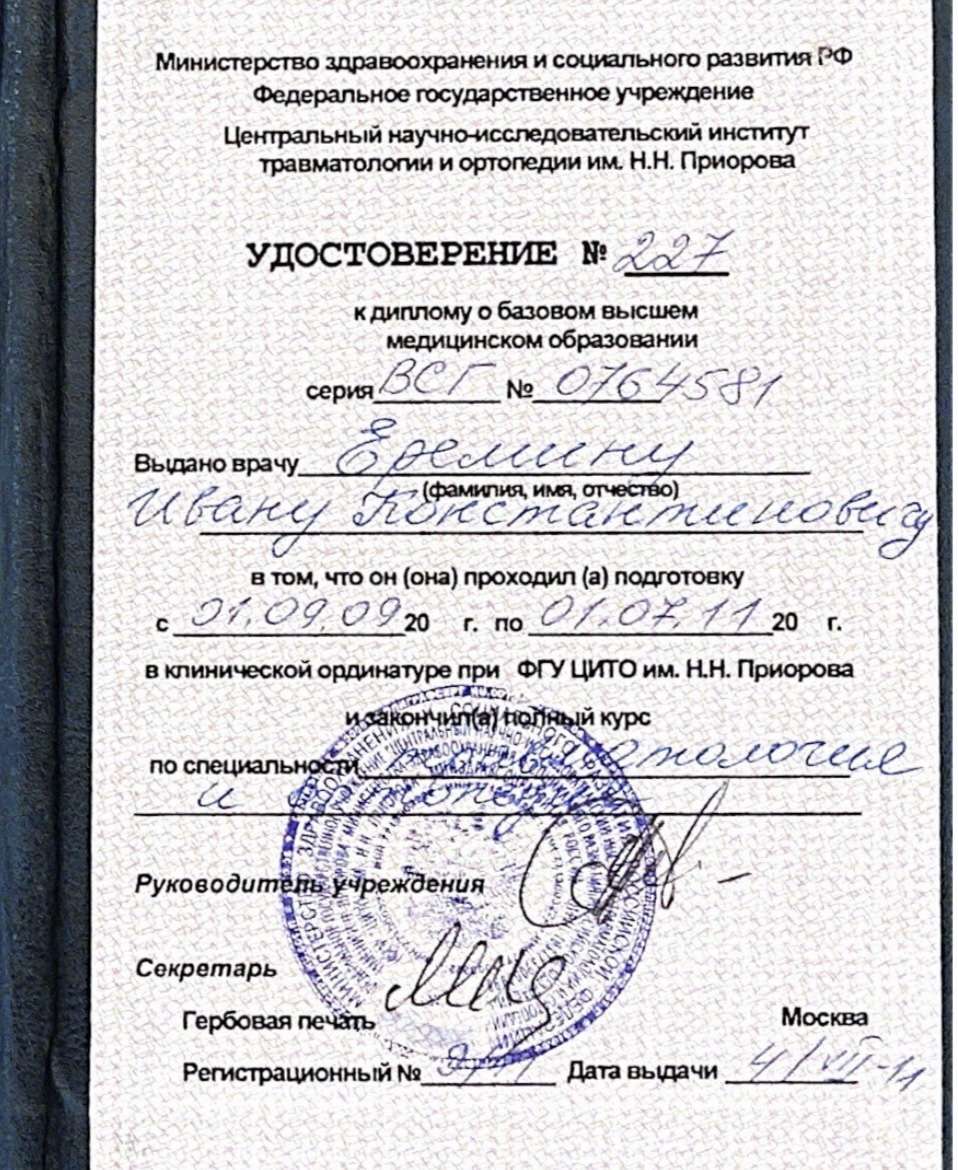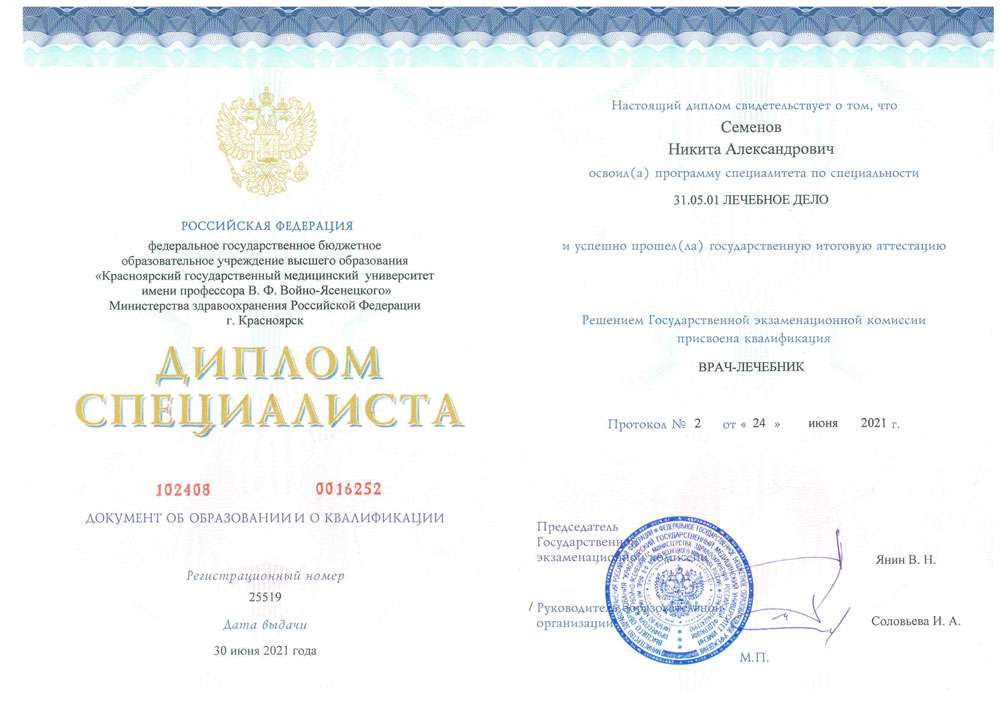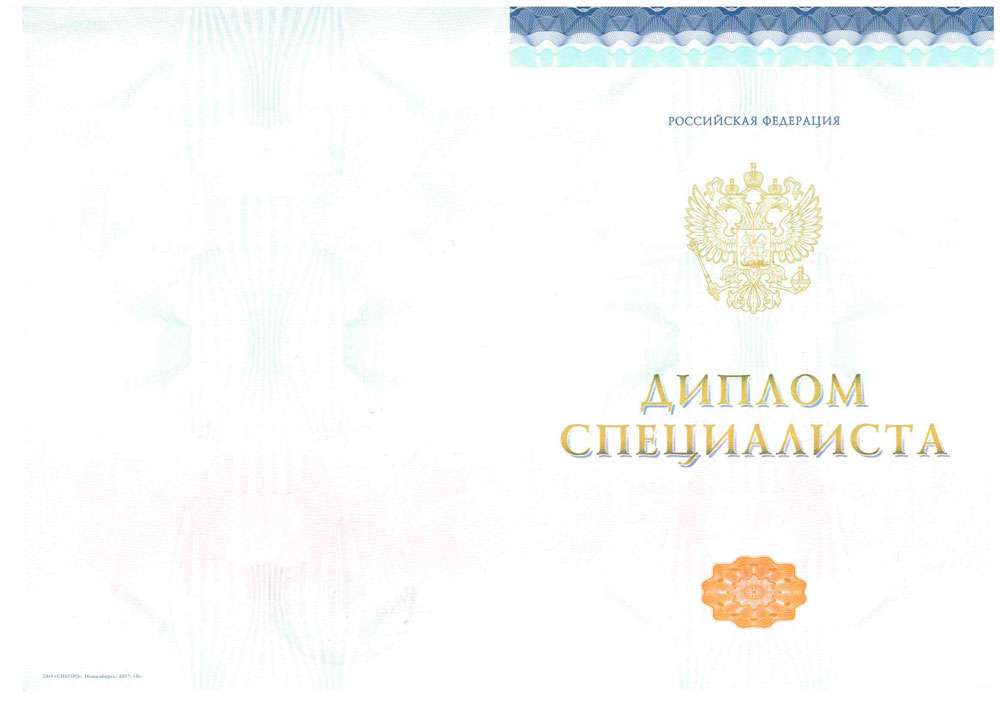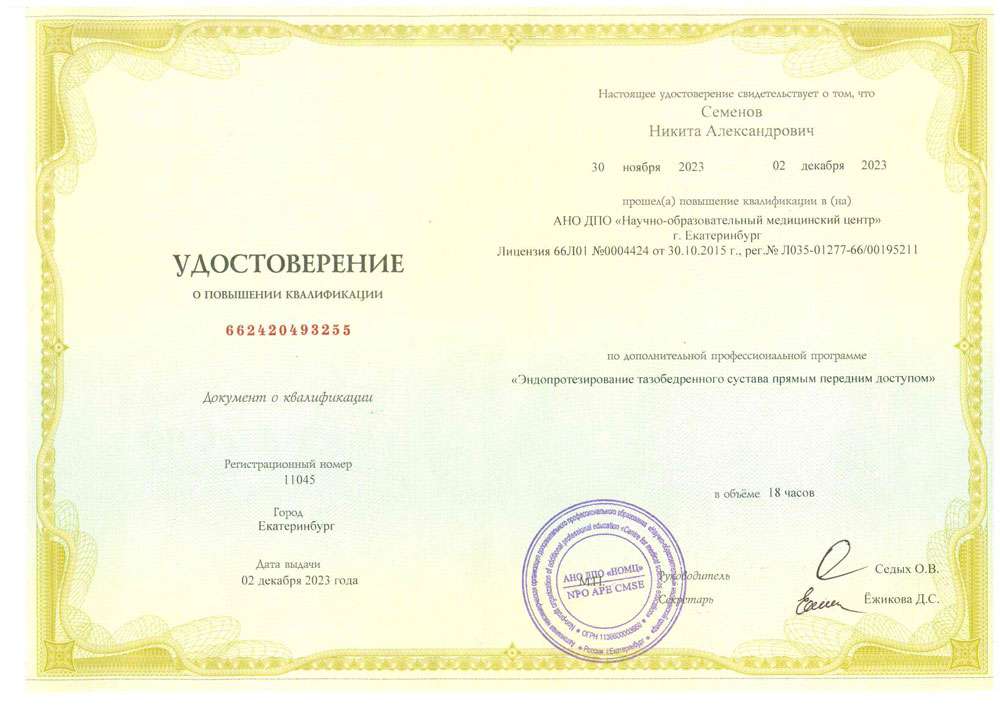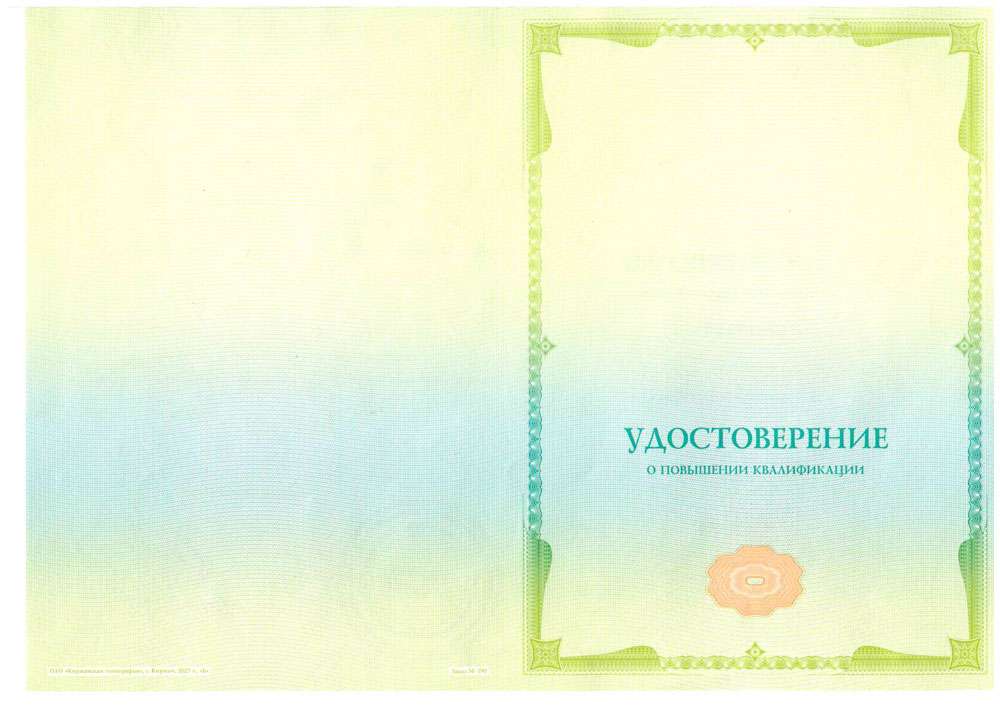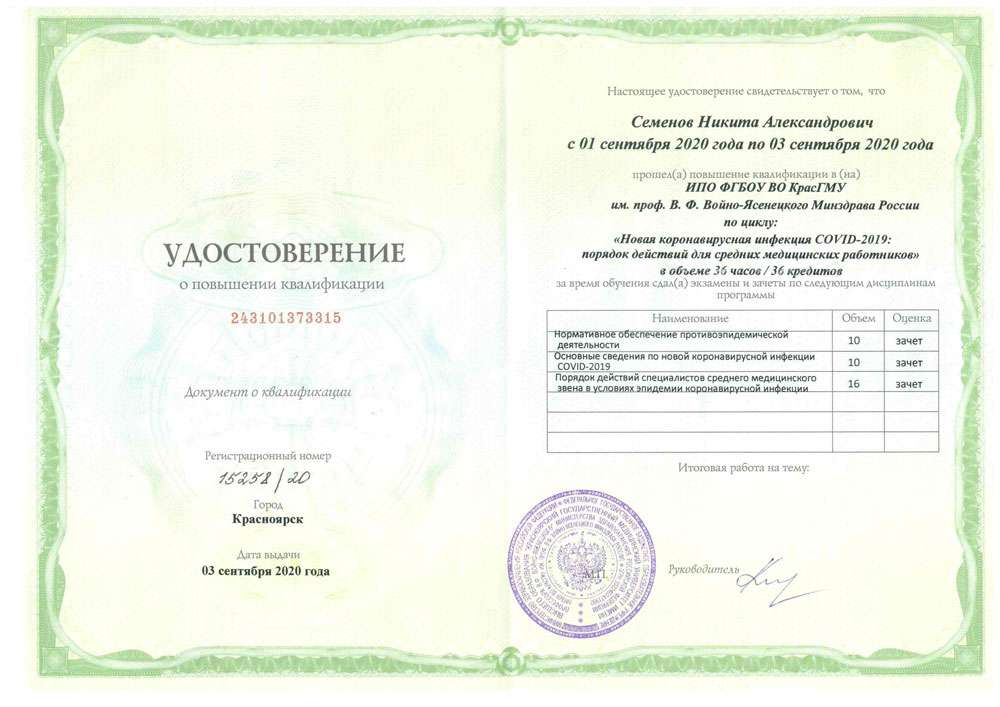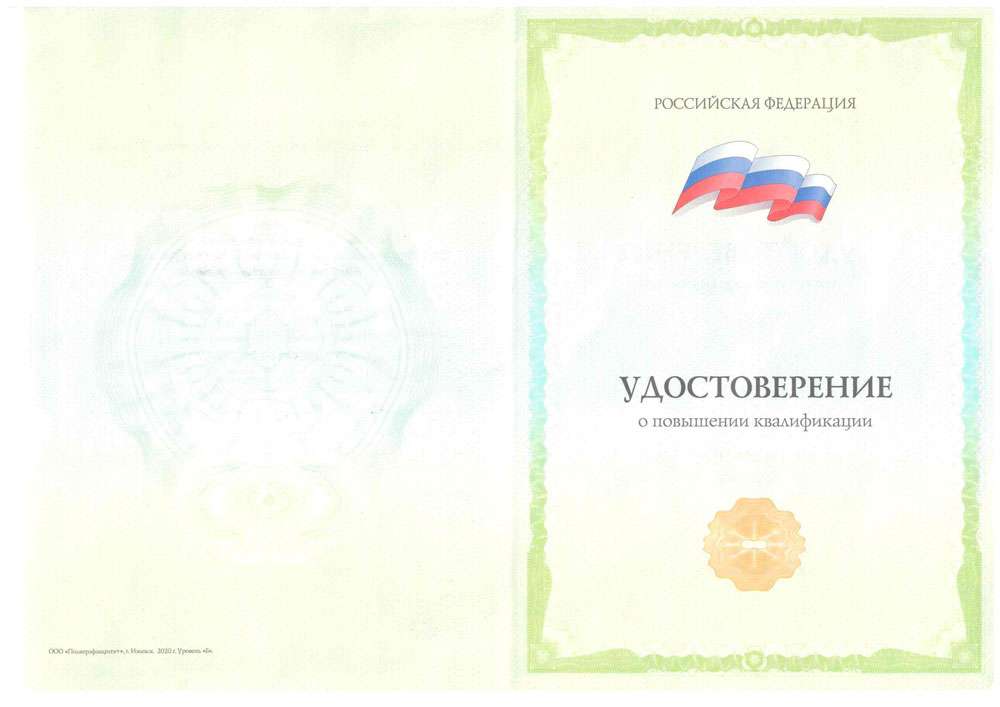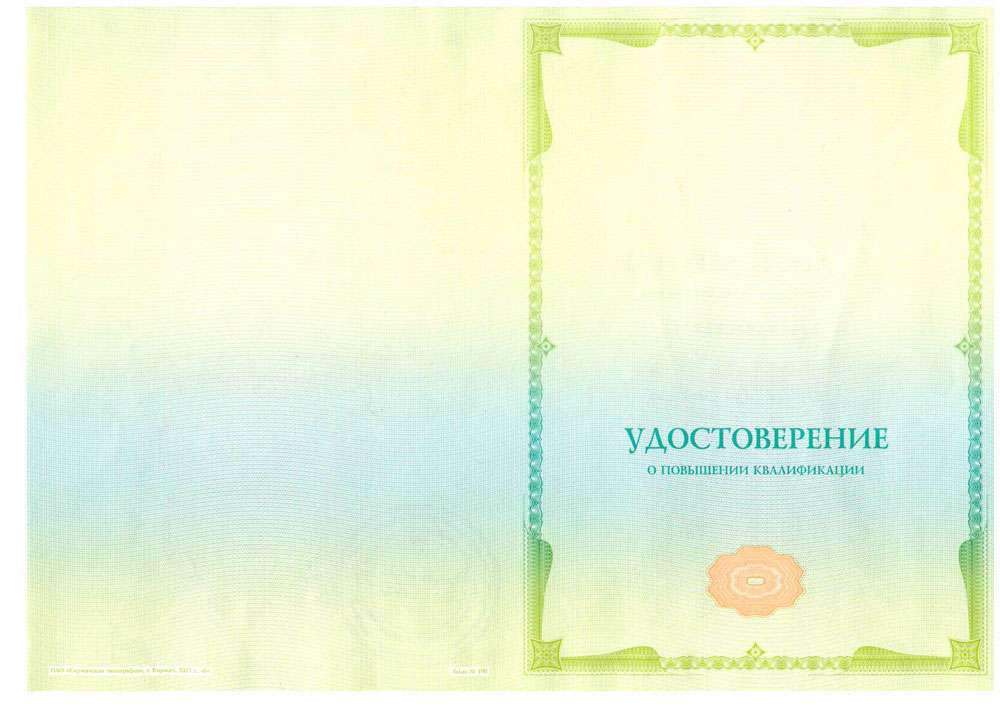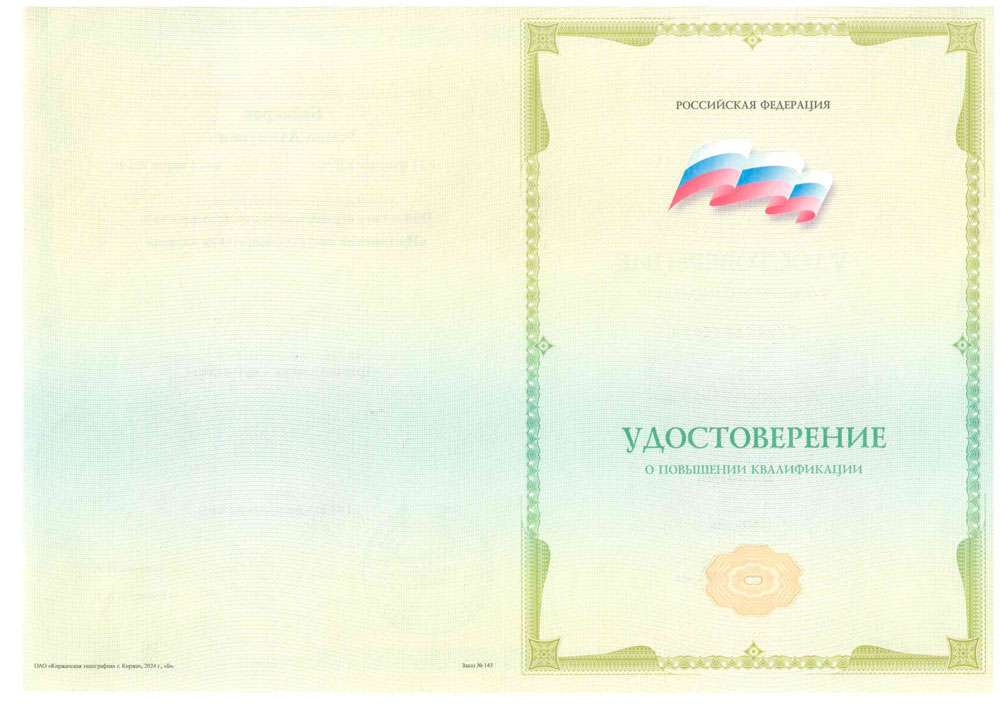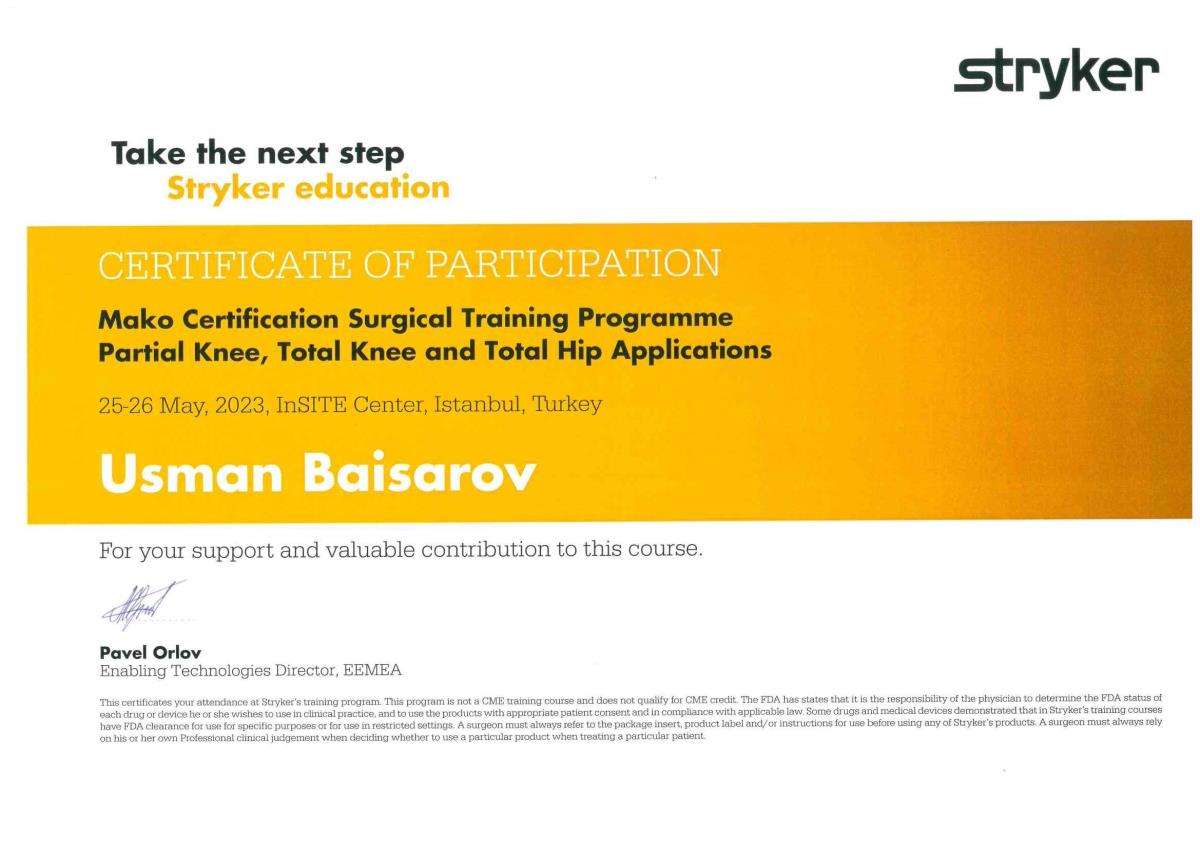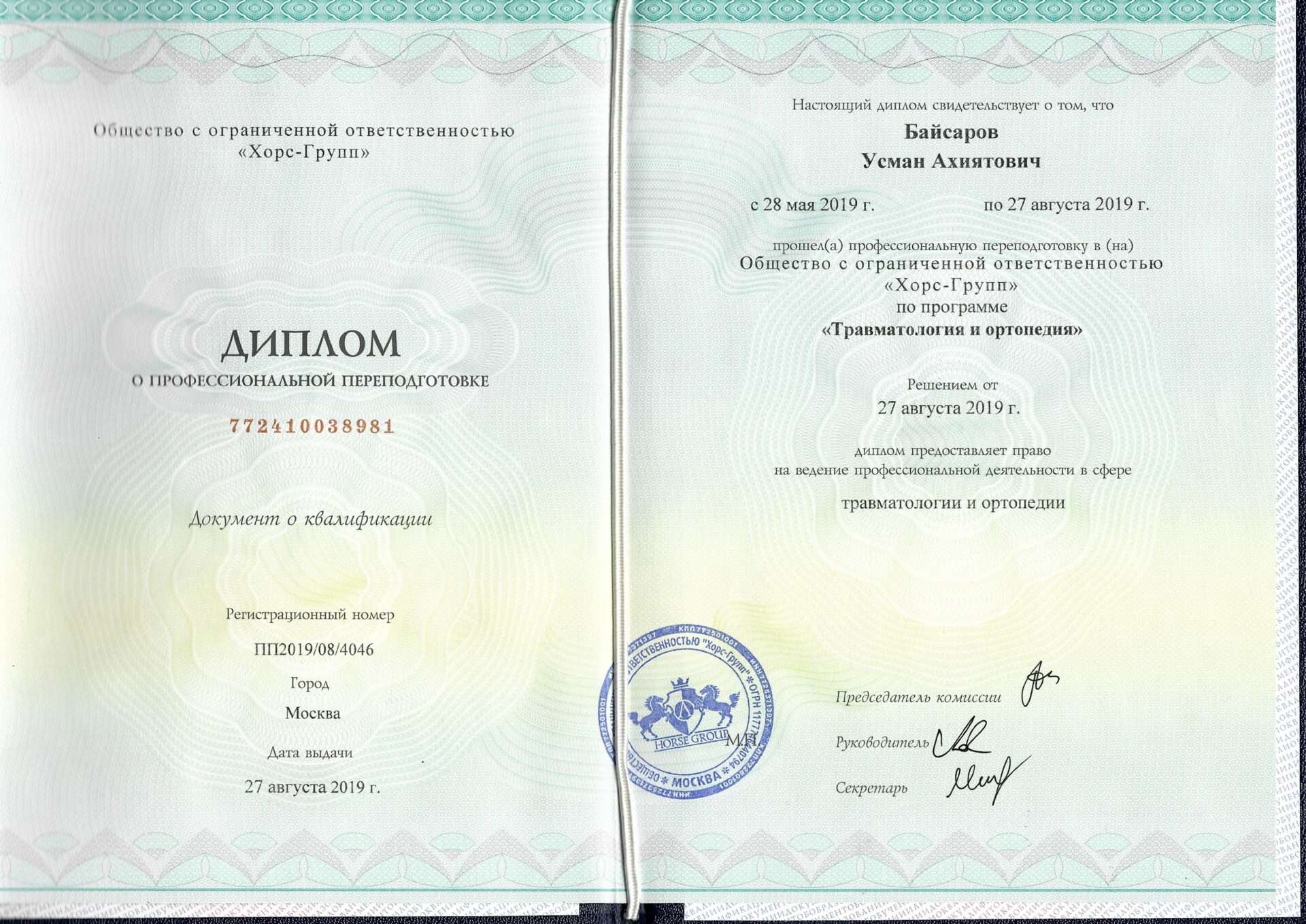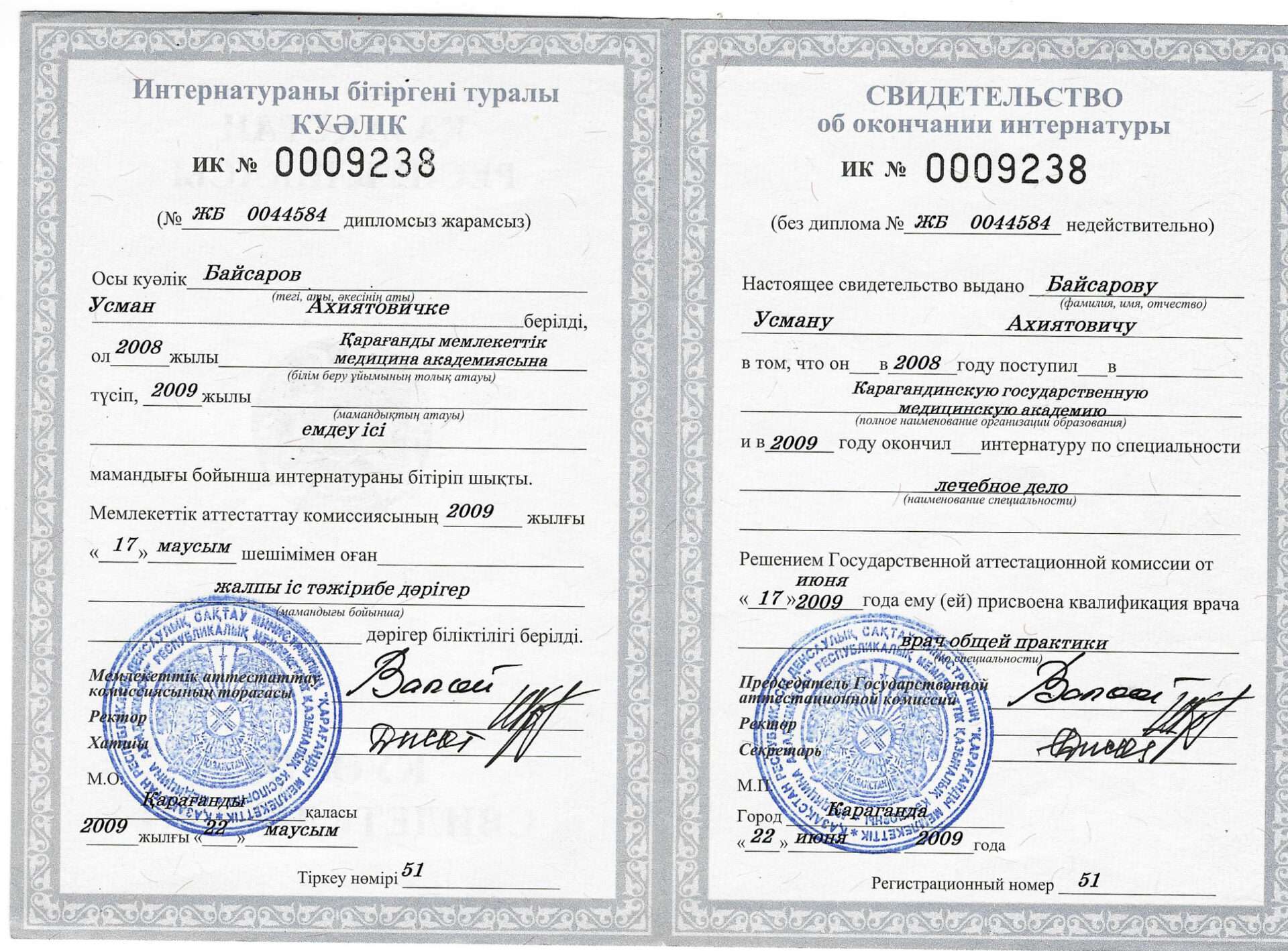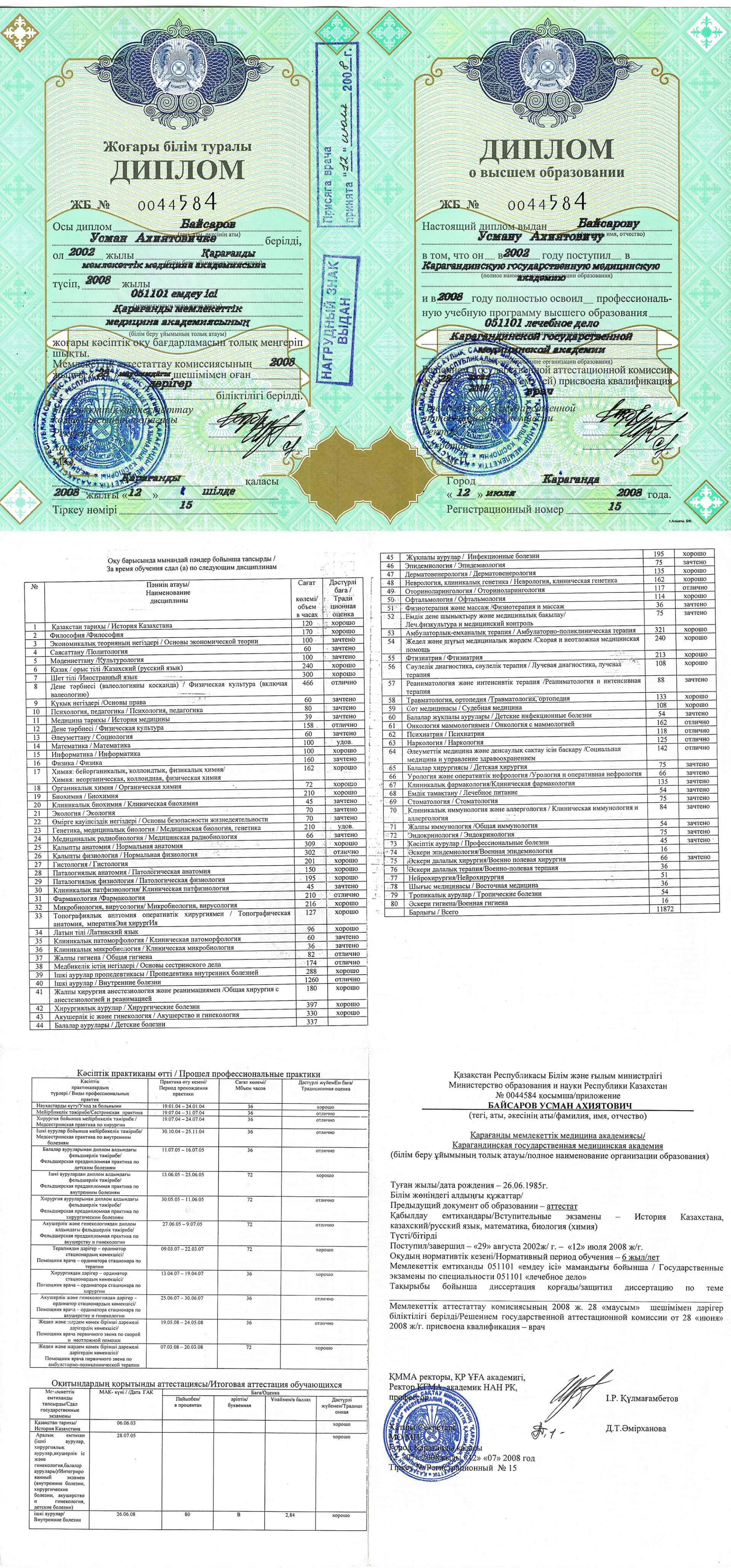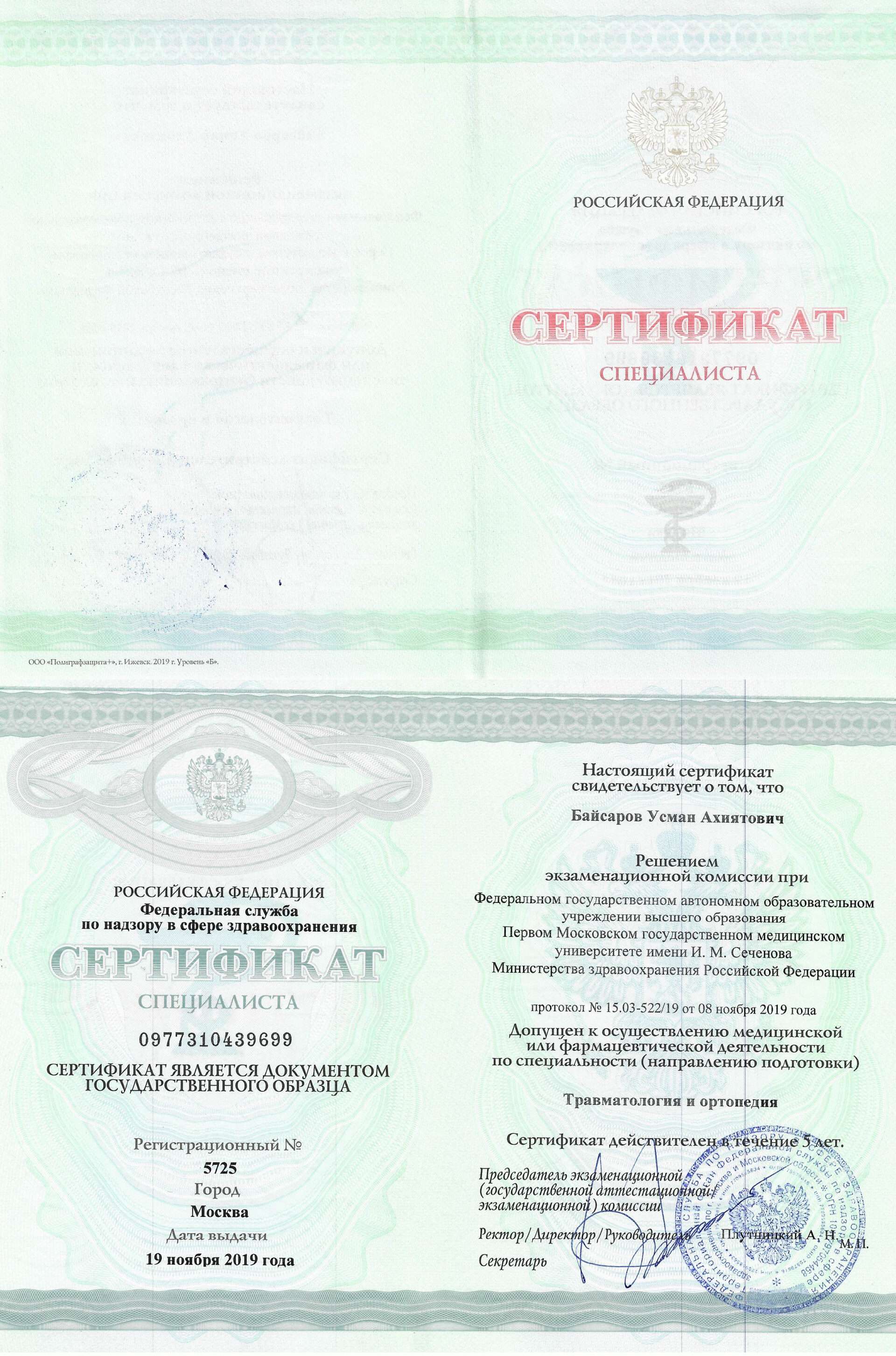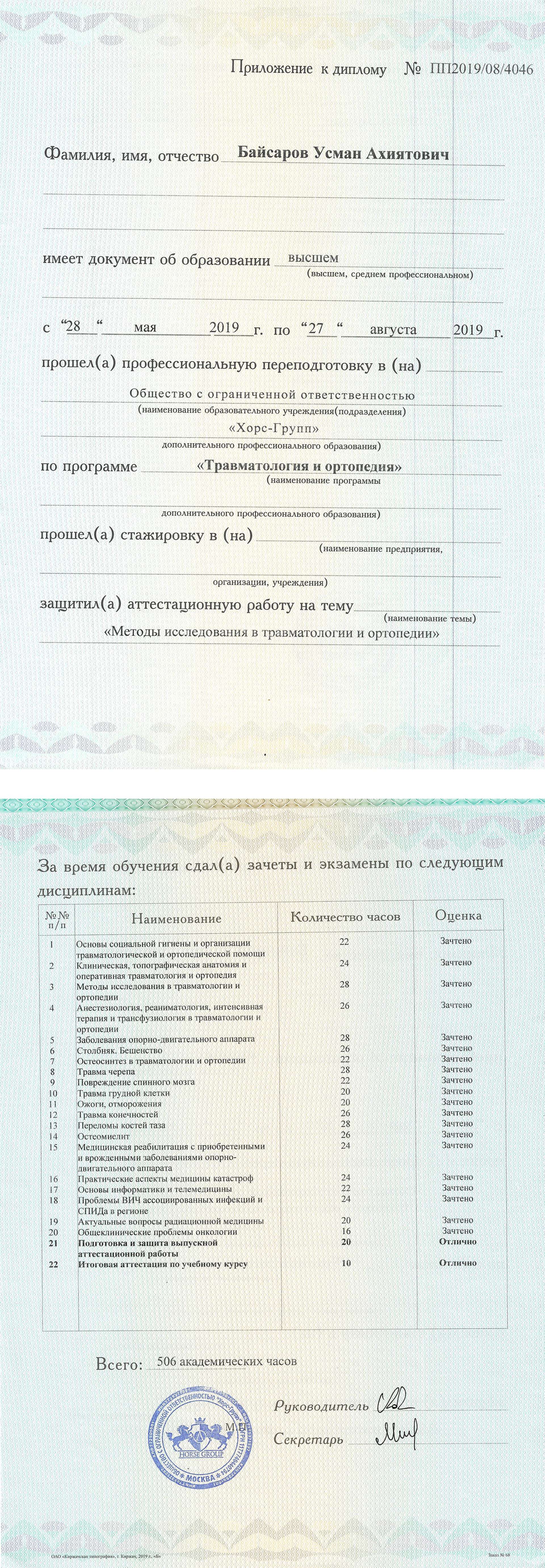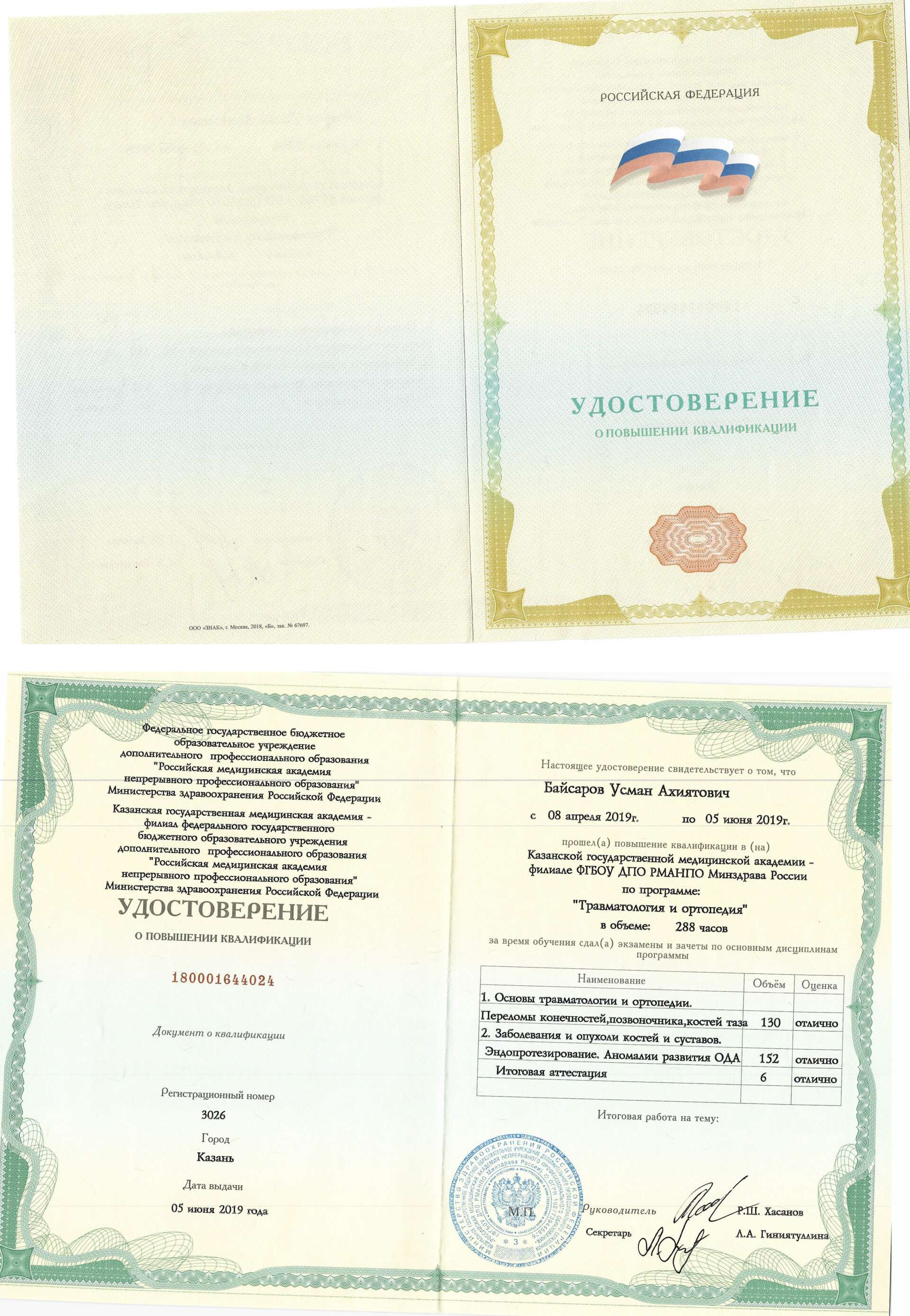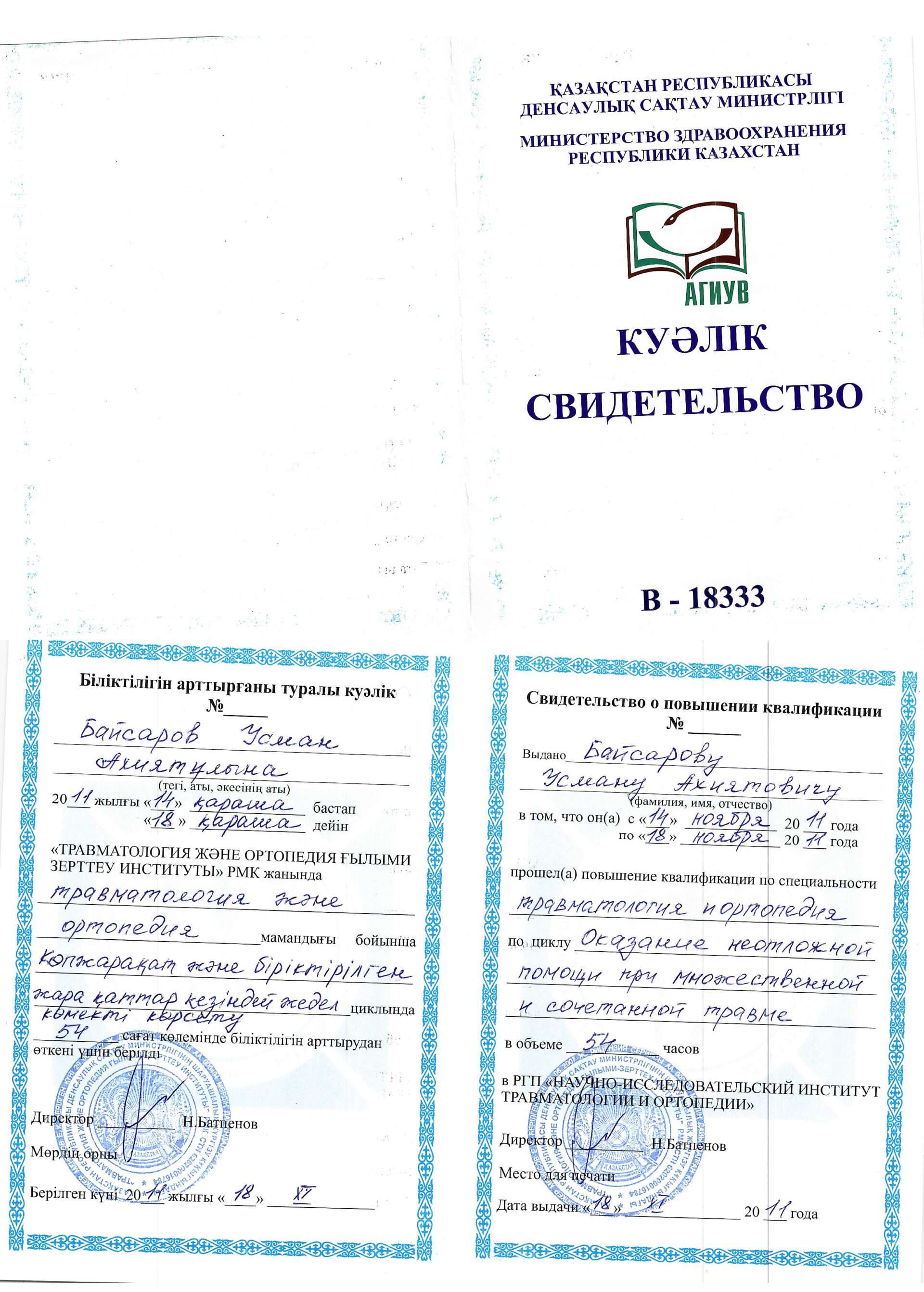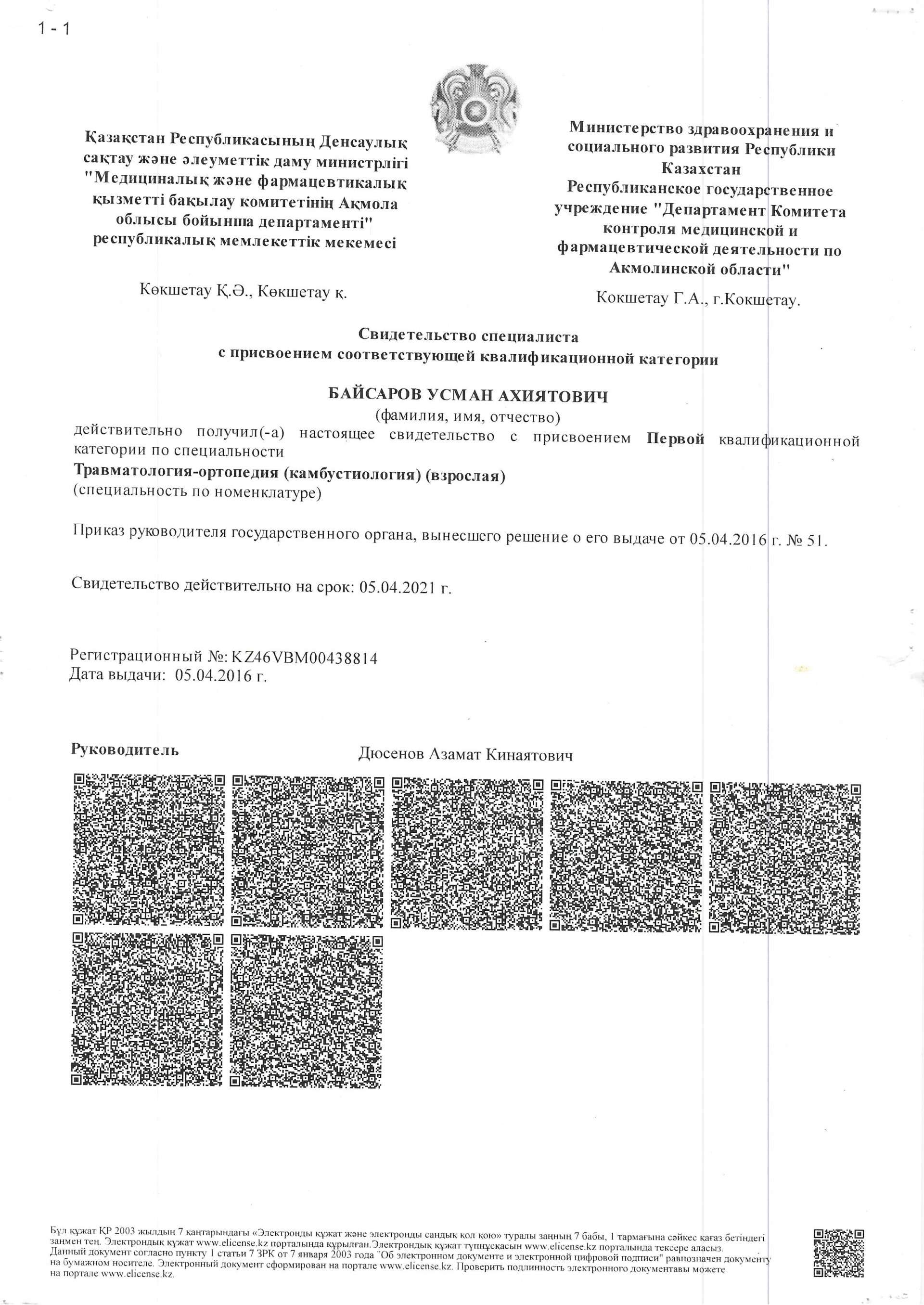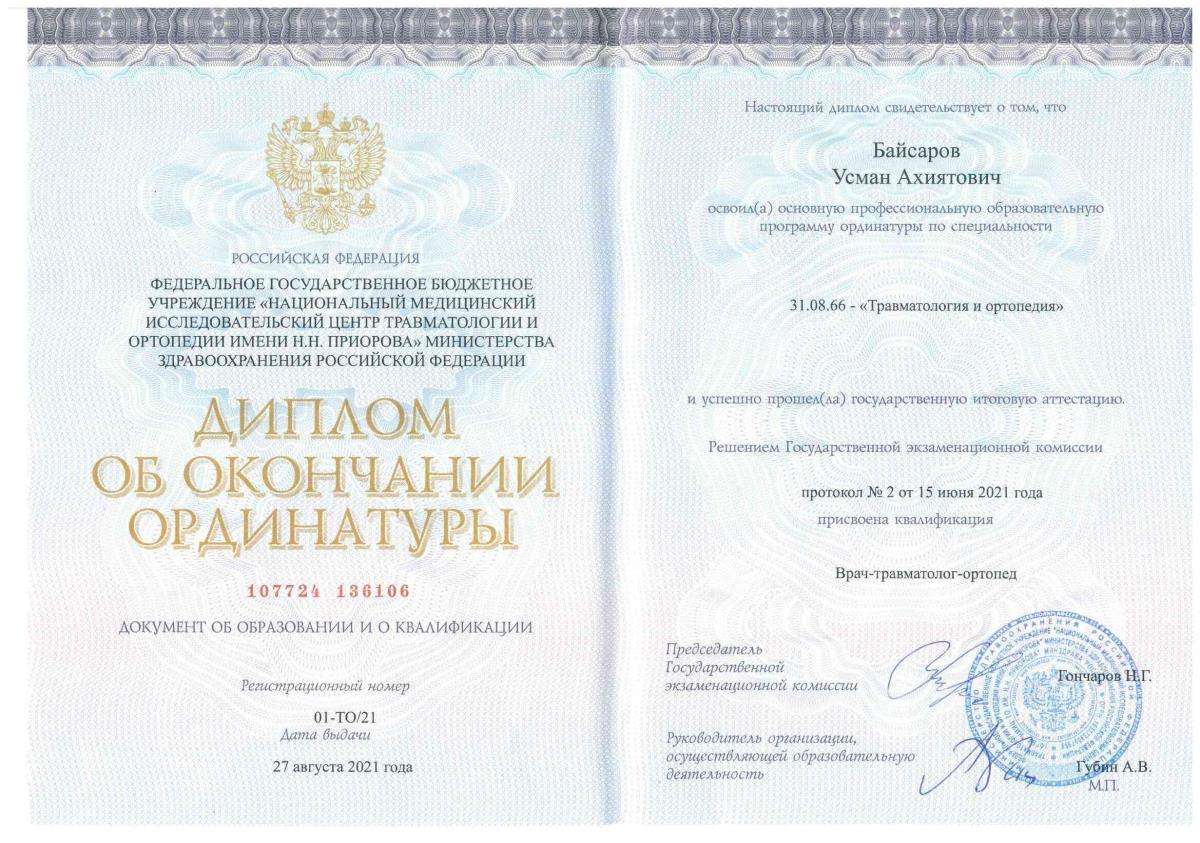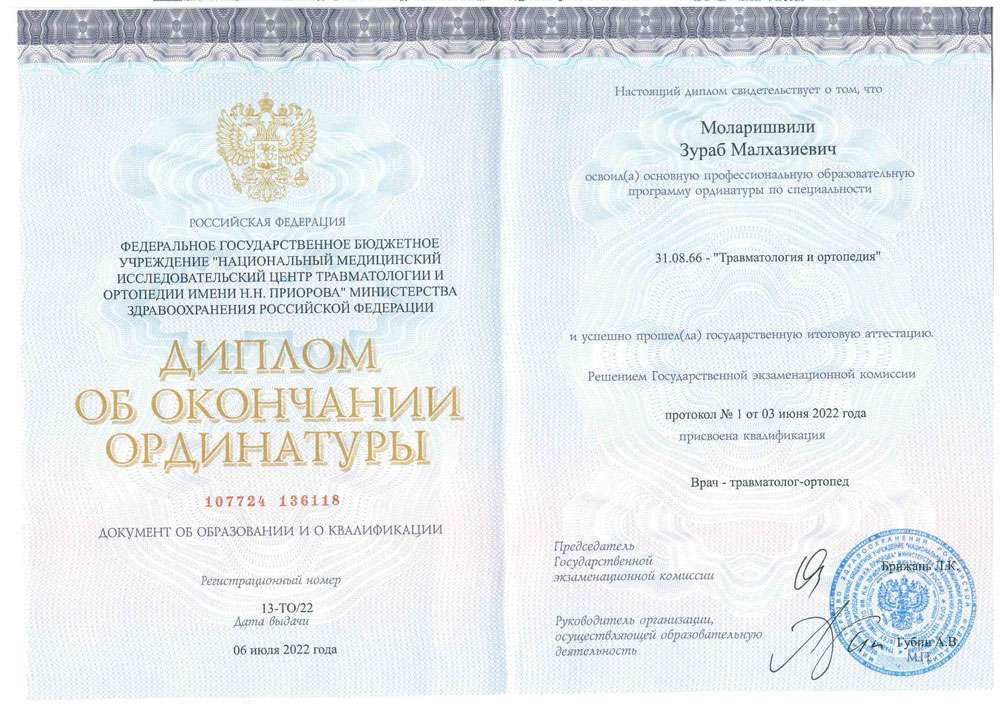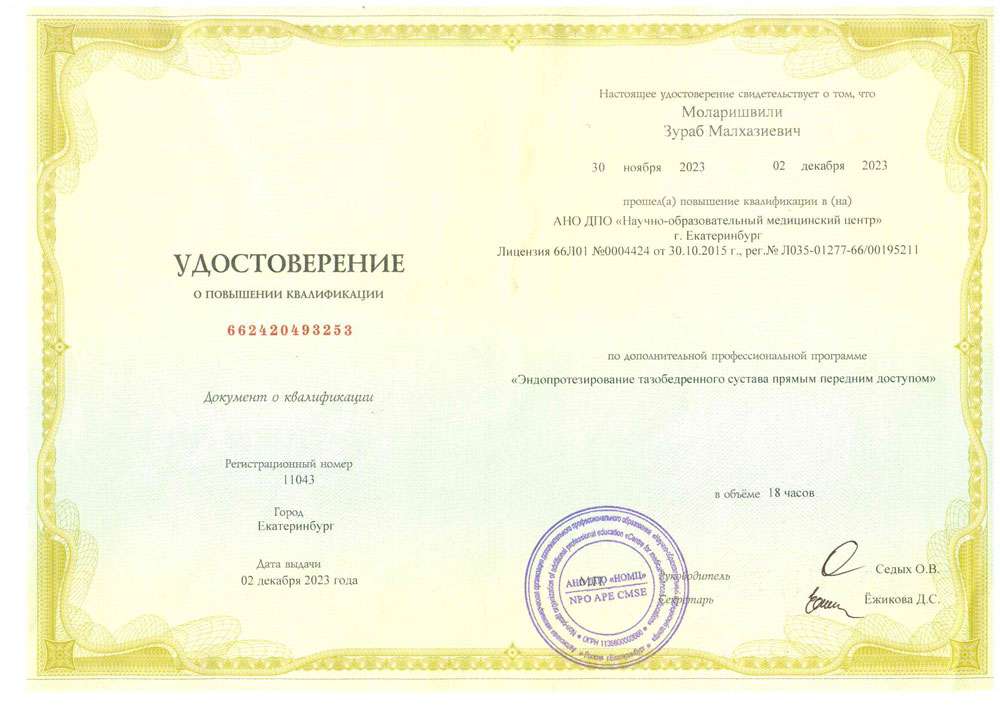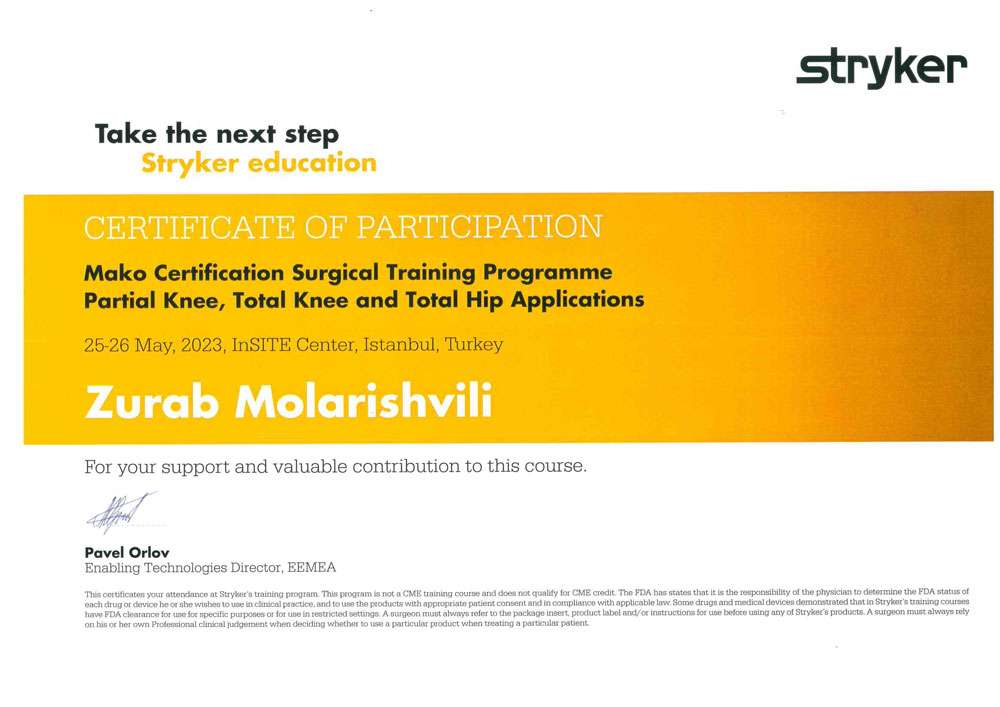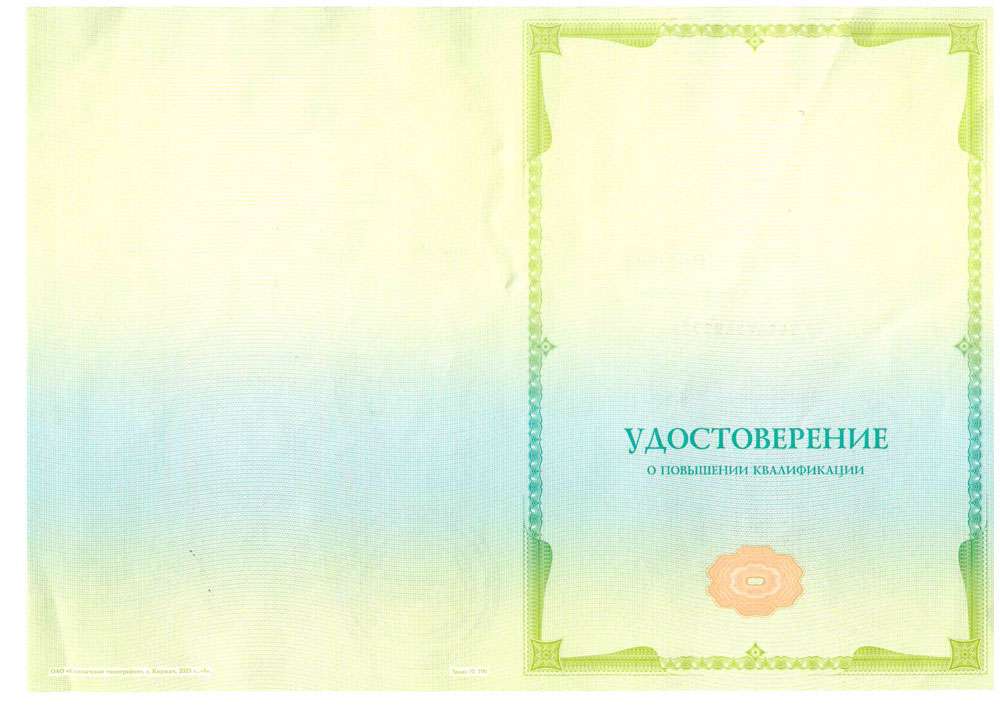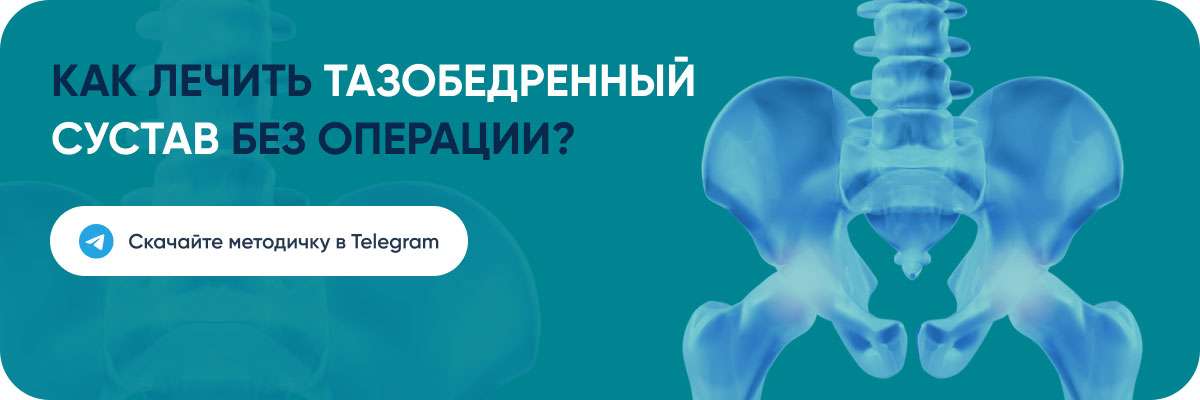
What is osteoporosis?
Osteoporosis is a skeletal pathology that is associated with a change in bone structure (decreased strength, decreased weight, increased fragility). In the early stages, the disease is asymptomatic, which greatly complicates timely diagnosis.
Important!
Osteoporosis of the bones of the hip joint is the most common and frequent type of disease. Pathology is dangerous because fractures are possible even with insignificant loads. In women, the disease occurs about 4 times more often than in men. Treatment of osteoporosis of the hip joints of 1, 2 and 3 degrees in women and men is carried out comprehensively.
Causes of osteoporosis of the femur
In bone tissue, two processes constantly occur — the destruction and formation of bones. For the formation of new bone tissue, building material is needed. Many systems take part in its formation. Vitamins, carbohydrates, fats, proteins, as well as minerals that make bones more dense enter the blood through the digestive organs.
Endocrine organs take an active part in the process of bone formation and resorption. Muscles accelerate bone growth, the necessary vitamins are formed in the kidneys. If there is a malfunction in at least one of the above systems, the processes of formation and impairment of bone tissue are disrupted, which can lead to the development of osteoporosis.

Triggers of osteoporosis
Patients with a history of one or more risk factors should have regular preventive examinations in order to diagnose osteoporosis in time. Thanks to this, a course of treatment will be prescribed in a timely manner, which will significantly reduce the risk of complications and improve the prognosis.

- smoking, alcohol abuse;
- sedentary lifestyle (leads to metabolic disorders and the development of congestion);
- lack of vitamin D and calcium in the body;
- long-term immobility;
- long-term (more than 90 days) administration of glucocorticosteroids.
- gender — female;
- age — over 65 years old;
- race — Caucasian;
- low bone mineral saturation;
- previous bone fractures;
- hereditary predisposition;
- tendency to fall;
- decreased sex hormone synthesis;
- dystrophy;
- renal impairment.

Disease risks
With osteoporosis, the risk of fracture of the neck, epiphysis of the femur, trauma to the acetabulum increases significantly. The hip joint is always under heavy loads, even if the person is in a static state. Therefore, the development of degenerative processes is extremely dangerous. The most severe complication is a hip fracture.
Even young people recover from such injuries extremely hard and long. The rehabilitation process takes them about a year. Less than 10% of patients return to normal life. If a fracture occurs in an elderly person, then in most cases he becomes disabled. Approximately 20% of fractures in old age end in the death of the patient.
Symptoms of the disease
Characteristic signs of hip joint damage:
-
 Seizures of skeletal muscle
Seizures of skeletal muscle
more often occur at night, but also during the day -
 Thigh, lower back pain
Thigh, lower back pain
that increase with physical loads -
 Limp
Limp
-
 Changing posture
Changing posture
-
 Pains in groin and buttocks
Pains in groin and buttocks
sudden, paroxysmal
-
 Disconscious gait change
Disconscious gait change
to reduce discomfort and pain -
 Deterioration of general well-being
Deterioration of general well-being
insomnia -
 Thoracic deformation
Thoracic deformation
in advanced forms of the disease -
 Weakness in the legs
Weakness in the legs
appears about a year after the onset of the disease

Center staff
Классификация
В зависимости от причины возникновения различают первичную и вторичную форму заболевания.
Первичный остеопороз возникает самостоятельно, вторичный является осложнением других заболеваний.
Виды первичных остеопорозов:
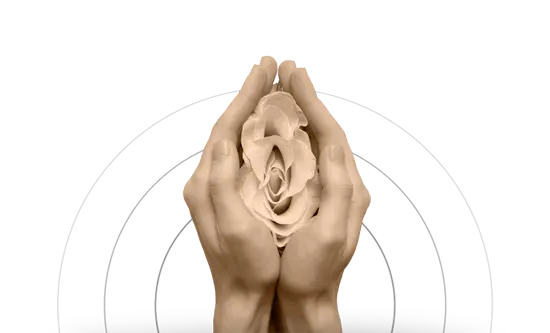
Возникает из-за изменения гормонального фона во время климакса у женщин
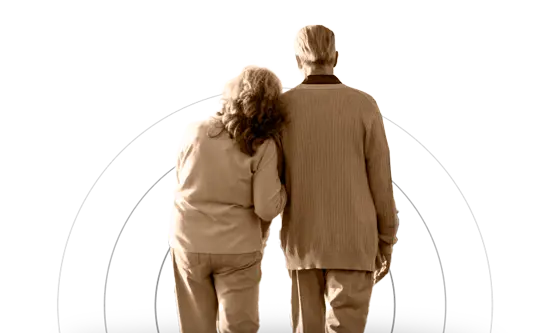
Вызван естественным старением организма, чаще всего диагностируется у людей обоих полов старше 70 лет

Причины неизвестны, поражает мужчин 20-50 лет, проявляется компрессионными переломами и болями в позвоночнике
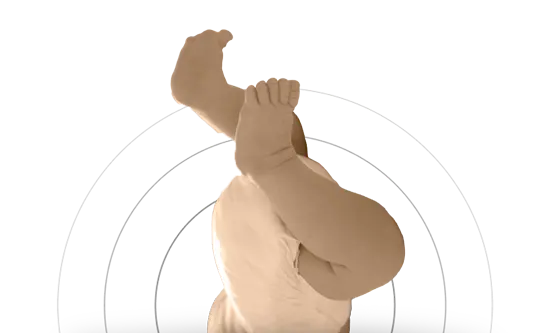
Редкая форма болезни, которая поражает детей и молодых людей, причиной обычно являются врожденные заболевания, проявляется болями в спине и нижних конечностях, задержкой развития, компрессионными переломами
Patient feedback
Stages of osteoporosis
The disease develops in several stages, each of which has its own clinical picture

After a long physical exertion, the patient develops spasms in the legs, which disappear after rest. At this stage, the problem can be solved with the help of conservative therapy, without surgery. But many people do not pay attention to the above symptoms, which leads to the progression of the disease.
Muscle spasms become permanent and more painful. The development of inflammatory processes in soft tissues is possible. This creates problems with flexion and extension of the affected joint. Spasms occur not only in the legs, but also in the groin area. When changing body position, the joint crunches. Some patients have sudden, sharp spasms that resolve quickly.
Pain becomes constant, regardless of the load, muscle weakness develops. The structure of the bone tissue changes, the patient begins to limp. This allows the doctor to suspect the presence of the disease. With the help of conservative therapy, it is impossible to cure this form. Therefore, if there are no contraindications, surgery is prescribed to treat osteoporosis.
Diagnostics
The diagnosis is made comprehensively. At the appointment, the doctor asks questions and examines the patient for the safe treatment of osteoporosis, after which he prescribes the following examinations:
- complete blood count;
- calcium in urine;
- biochemistry blood test (alkaline phosphatase content is detected);
- markers of bone destruction;
- thyroid hormone test;
- determination of testosterone levels (for men).
- densitometry;
- X-ray of the affected bone;
- scintigraphy;
- biopsy;
- MRI.
Treatment
The main goal of therapy is to stop bone loss and prevent complications.
Medical treatment of hip osteoporosis in women and men includes taking vitamins, minerals, hormones, and so on, depending on the severity of the disease, the age of the patient.
The following groups of medicinal products may be prescribed:
- anabolic steroids — increase bone strength;
- hormonal drugs — slow down the process of osteoporosis;
- vitamins, minerals — make up for the lack of nutrients, improve metabolism;
- chondroprotectors — improve the processes of regeneration of the cartilage tissue of the joint, contributing to the restoration of its function.
The most effective methods of treating osteoporosis are:
- electrophoresis;
- UFO;
- magnetotherapy;
- laser therapy.
Hip osteoporosis surgery is a radical method of solving the problem. Surgery is indicated in the later stages, when conservative treatment no longer helps and the disease continues to progress.
If the operation is successful, then it significantly improves the patient’s quality of life, returns motor function, and prevents the development of dangerous complications.
Basic surgical techniques

A complex surgery, during which bone fragments are fixed using special medical plates, nails, wire. This connection of tissues accelerates the regeneration processes and allows the patient to maintain the possibility of independent movement.
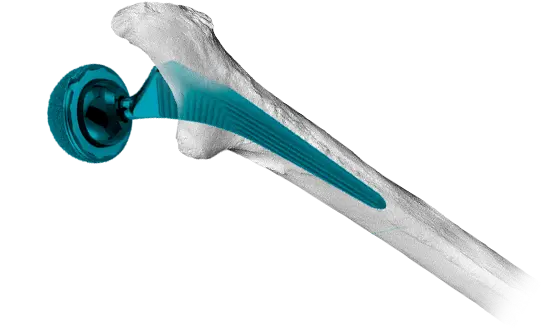
Replacement of a worn joint with a prosthesis is carried out if indicated. After a while, motor function is restored. After the operation, the patient is in the clinic for some time, under the supervision of specialists. He is prescribed various drugs, including antibacterial drugs and analgesics.
Exercise therapy
In addition to conservative treatment and surgical operations, physiotherapy exercises give a good result as part of complex therapy.
Performing a special set of exercises improves local metabolic processes, accelerates blood flow, relieves congestion, promotes faster regeneration of bone tissue, strengthens the muscle skeleton, improves coordination of movements and flexibility.
-
to strengthen muscles - various types of strength exercises;
-
to strengthen the entire musculoskeletal system.

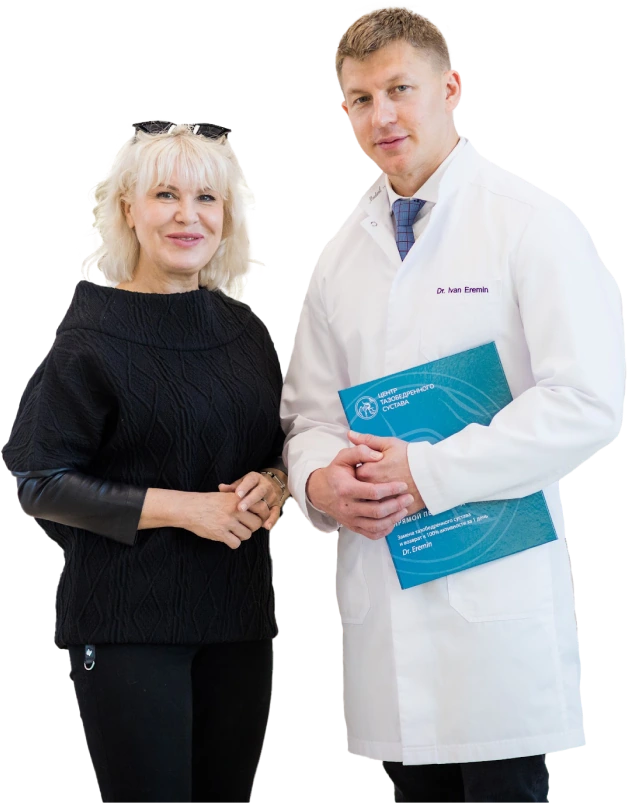
Don’t let joint pain define your life
Give yourself freedom of movement without restrictions
Over 5 years, using the DAA method, we returned more than 3 thousand patients to an active life.




